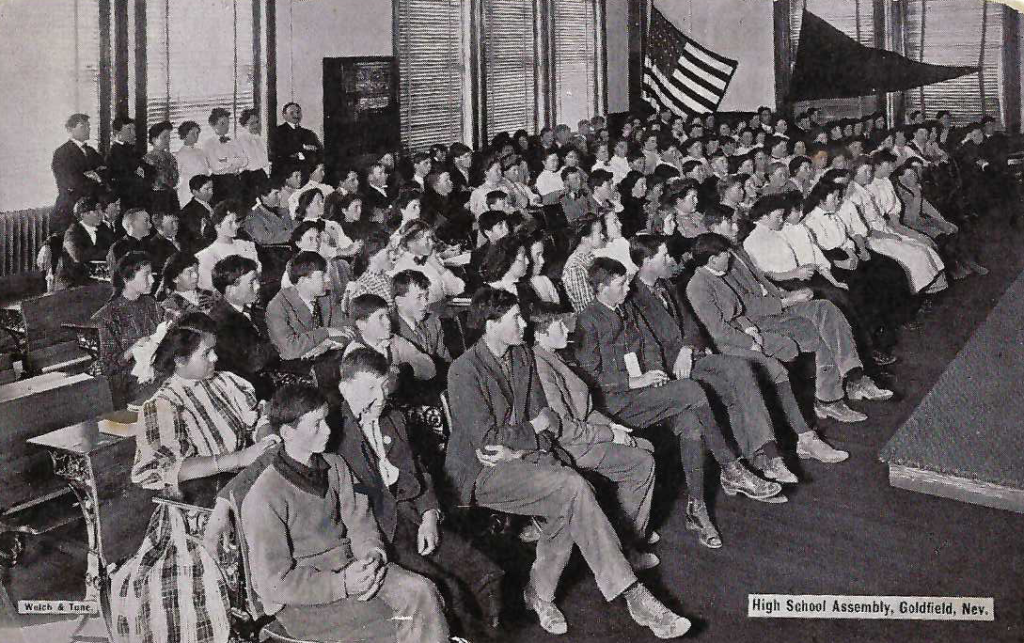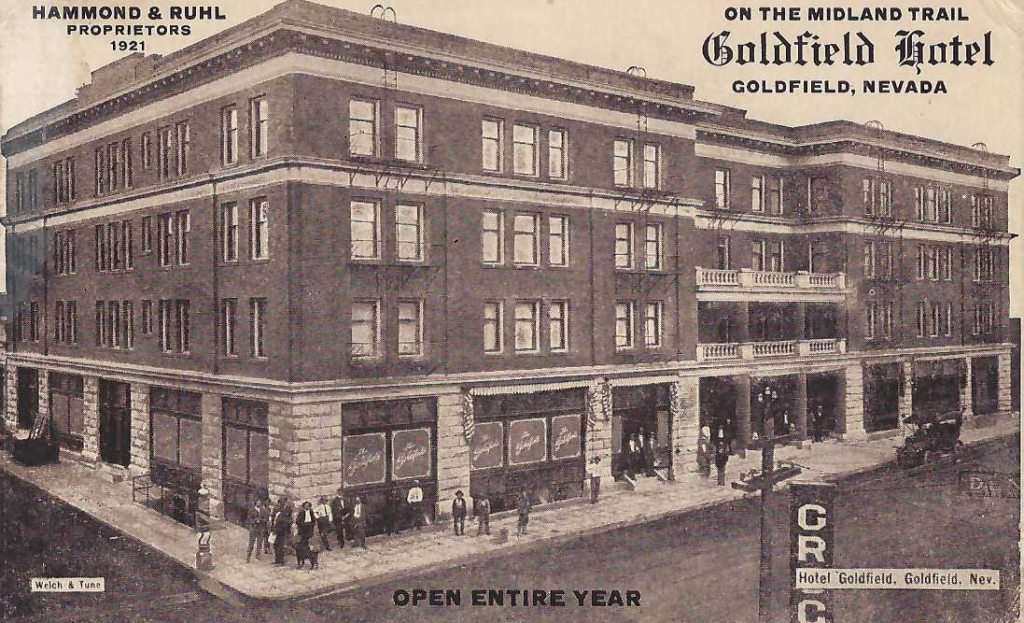Goldfield, Tonopah Post Cards
Publisher Gray News Company, Salt Lake City, Utah.
Printer, E. C. Kropp, Milwaukee, Wisconsin.
by Robert Stoldal
(updated 2-21-2021, 2-24-2021, 2-25-2021, 3-19-2021)
In 1909 the Gray News Company published ten post cards featuring Goldfield and Tonopah Nevada views.
The lithographic post cards were designed to sell to railroad travelers rather than residents of the two central Nevada communities.
The photographs used for the post cards were taken between 1905 and 1908.
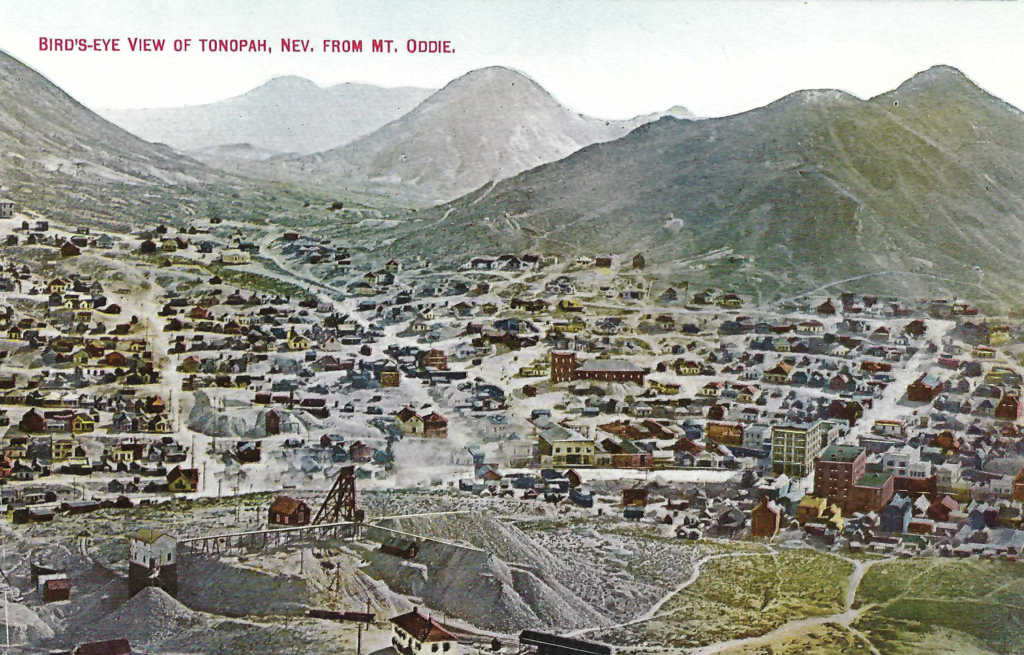
Gray News post card 4004, Tonopah
The Gray News Company was owned and operated by Frederick Wickliff Gray.
Based in San Francisco, California, in the early 1900s Gray supplied and operated newsstands.
Gray made news in Nevada in 1904 when his company expanded its operation to also serving passengers on railroads.
A story in the November 1904 issue of the San Francisco Chronicle revealed, “For the first time in thirty years a train news service has been established on the Virginia and Truckee Railroad, running from Reno, Nev., to Carson and Virginia City.” [i]
The announcement added, with Gray’s news service now on the V and T, his “agents” would serve passengers on the Carson and Colorado, and “Via the Tonopah Railway to Tonopah.” [ii]
The agreement between the V and T and the Gray News Company was beneficial to residents and businesses from Reno to Tonopah, as they would receive newspapers and magazines faster.
At the end of 1905, a rail service between San Francisco and Tonopah, known as the “Tonopah Express,” was created.
The trip entailed getting on three different trains. With the schedules linked the transfers time between trains was limited.
Still, the “Express” took twenty-four hours to travel the more than 425 miles between the two cities.
For Gray, in 1904, getting the exclusive “News Agent” franchise for the Reno to Tonopah train service was a major coup.
First, Gray’s operation would be in place when Tonopah and Goldfield were starting to boom, and second for Gray, it would give him a foothold along the important transcontinental run from San Francisco to Sparks to Elko and into Ogden, Utah.
In 1906 Gray expanded his news agent business to include the Oregon Short Line, which ran between Salt Lake City and Oregon. He opened twenty one news and novelty stands between Utah and into Orgon.
That same year Gray moved his base from San Francisco to Ogden.
Gray was working on one more major move. He wanted to franchise for the on train service between Sparks and Ogden.
After moving to Ogden his first step was to enlarge and update the news stand operation at the central Ogden, railroad depot.
That took place in late 1906. Gray’s team sent press releases to newspapers and magazines in Utah, Nevada and California.
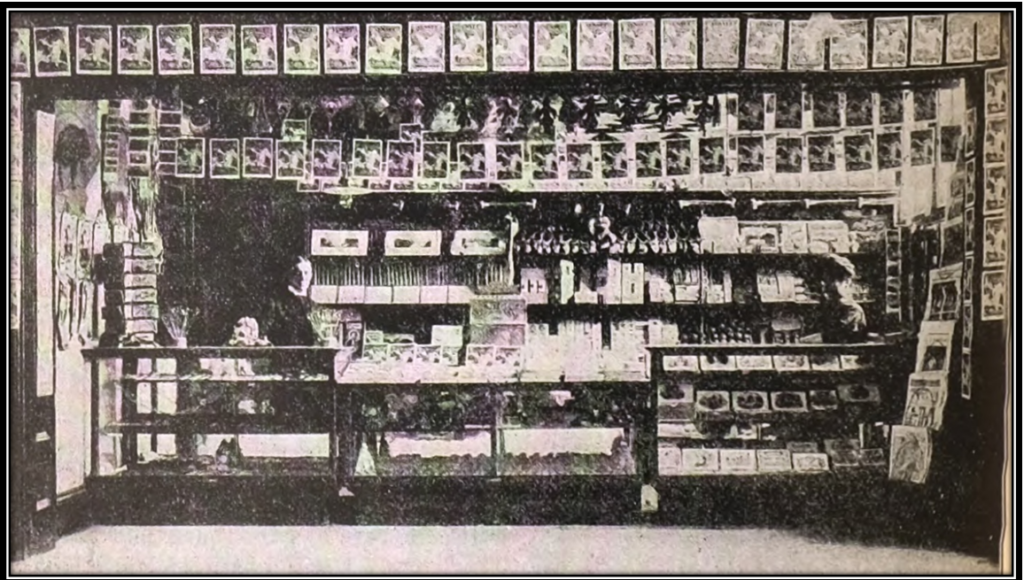
The Gray news stand in the Ogden depot is seen in this green and purple photograph in the March 1907 issue of Sunset Magazine.
On November 29, 1906, The Salt Lake Tribune reported, “In the changes made in the Ogden Union Depot, one of the unique features is the all-night news stand,” which “gives the public the earliest news.”[iii]
The Tribune told its readers the news stand is “a queer one. Since Mr. Gray’s quarters were established, he has never had it locked. Furthermore, he has never had a door on the place and proposes that he never will. There are attendants all hours of the day and night, and from 12:50 a.m. until the same hour on the following day” newspapers and “other plications, mainly the current magazines and the standard books are on the counter for the benefit of the traveler, and in addition, there is a neat collection of Western souvenirs and photos, covering attractive scenes in the Western states. [iv]
While “the daily papers and a full line of new and popular books, magazines and periodicals” fulfilled the news stand part of its mission, Gray also offered a “Neat collection of Western souvenirs” including “an elegant stock of Indian Curious, Hand Painted China, rich copper goods” trays, bracelets and “you will enjoy seeing the little Indians in full dress.”[v] 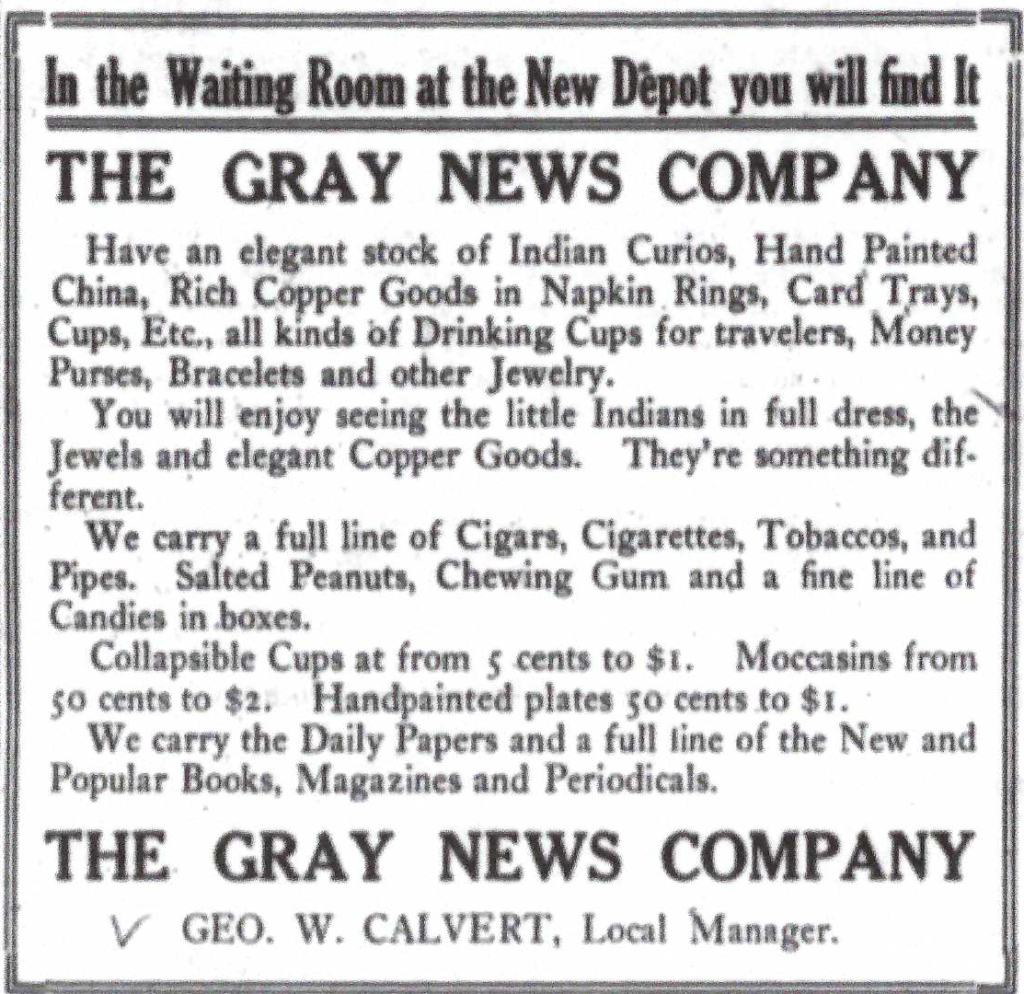
In the early spring of 1909, Gray’s company made its big move.
The Oregon Standard told its readers, the Gray News Company had been “awarded the contract to serve the Southern Pacific from Ogden to Sparks.” [vi]
Gray now had the excluve rights as a the “news agent” for railines running from San Francisco to Reno to Tonopah, and from Sparks to Odgen, and from Ogden to Oregon.
With his expansion, Gray began visiting Nevada cities the railroad served.
On March 30, 1909, he was in Winnemucca. He met with the U.SD. Postmaster.
Then on May 23, 1909, he spent the day in Sparks.
On the morning of July 16, 1909, he headed to Tonopah, “where he will look over the company’s office in the mining city.”[viii]
Gray spent a couple of days in Tonopah, staying at the Mizpah Hotel. [ix]
During his visit, plans were likely developed to publish a set of post cards of the area.
While there were already several companies publishing post cards of Goldfield and Tonpah, Gray wanted his own, no more buying and re-selling other companies psot cards of Nevada.
As Gray was heading back to his home base, now in Salt Lake City, the E. C. Kropp Company, Milwaukee, Wisconsin, one of the largest post card printers in the United States, began promoting a “new process.”
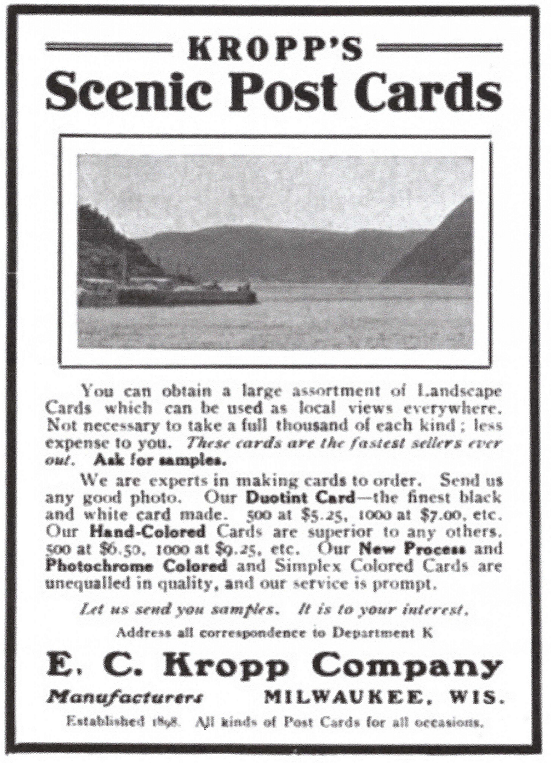
Display advertisement in Geyer’s Stationer, August 5, 1909
Starting on August 5, 1909, Kropp began advertising in several national trade publications. He told prospective customers, “our New Process and Photochrome Colored and Simplex Colored Cards are unequaled in quality, and our service is prompt. Let us send you samples.” [x]

If Gray had asked for a sample, it would have been similar to this sales card.
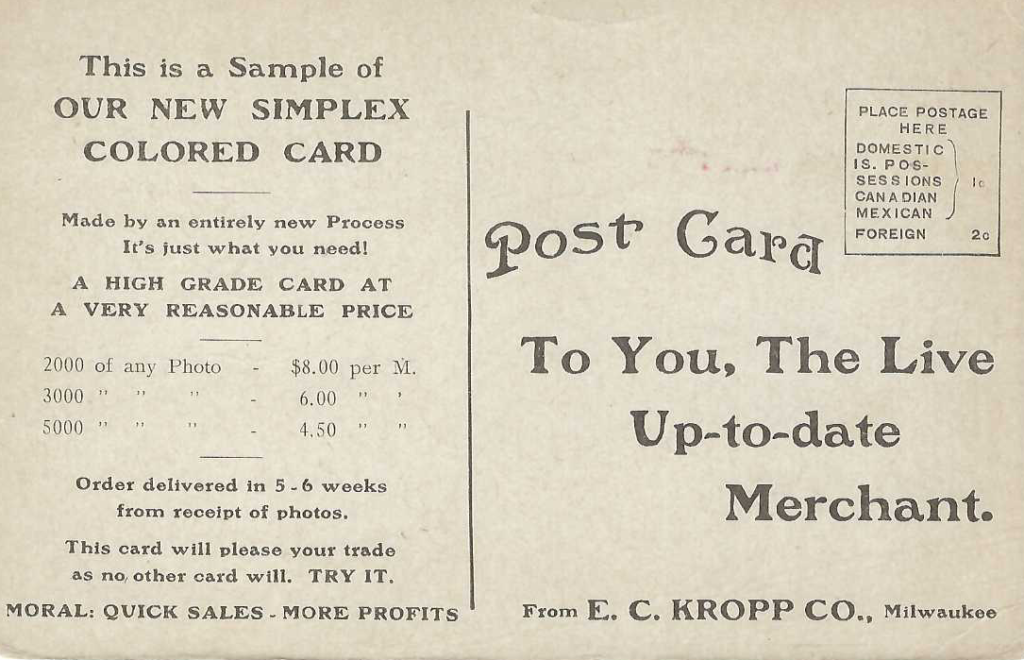
Not long after Gray returned to Utah, his company ordered a series of post cards from Kropp, using its “entirely new process.”
The resulting photochrome post cards are above average in quality.
The Gray news credit line and a serial number are found along the centerline on the card’s back.
While the Kropp name is often found on Nevada post cards, it is not included on the Gray News cards.
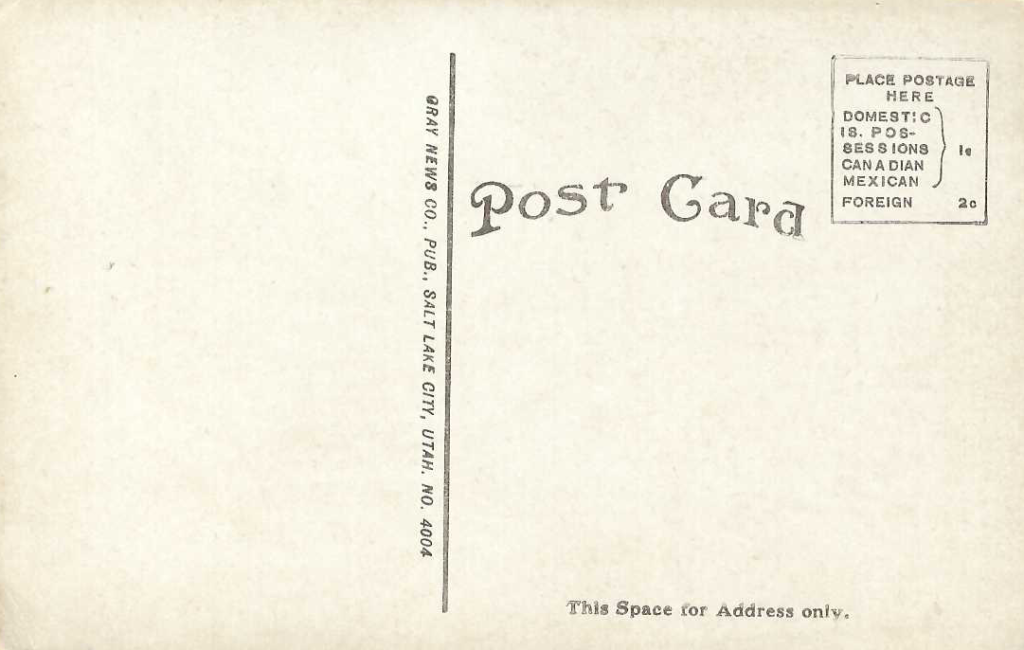
Before working with Gray Kropp had been printing post cards with Nevada views since 1906.
The last known Kropp views of Nevada are linen post card printed in the late 1940s.
The Kropp printed post cards, numbering as many as one-hundred-and-fifty, cover those areas of the state that were on well-traveled rail lines.
- Battle Mountain,
- Elko,
- Golconda,
- Goldfield,
- Las Vegas,
- Reno,
- Tonopah,
- Winnemucca.
Gray News Post cards of Goldfield and Tonopah
The Gray News post cards of Goldfield and Tonopah are part of five different series covering at least three states.
The series starts with 1001 and ends with cards in the 5001 set.
It appears there are between ten and 20 cards in each of the five sets.
The Nevada set features ten views; six of Goldfield and 4 of Tonopah.
1001 Post Cards of Ogden, Utah.
2001 Post Cards of Salt Lake City, Utah.
3001 (Possibly post cards of views along Oregon Short Line.)
4001 Post Cards of Goldfield and Tonopah, Nevada.
5001 Post Cards of views along the “Ogden Route” of the Southern Pacific Railroad in California.
The 5001 set ends with images of Nevada. These are the only other Gray News post cards of Nevada in the four-digit series.
5011 “Truckee River Dam. Truckee-Carson Irrigation Project, Near Fallon, Nevada on S. P. R. R.”
5012 “Southern Pacific Train No. 2, Palisade Canyon, Nevada, S. P. R. R.”
Master Checklist of the 4001 Gray News Series Goldfield and Tonopah.
4001 BIRD’S-EYE VIEW, GOLDFIELD, NEVADA
4002 CONSOLIDATED MINES CO’S. NEW MILL, GOLDFIELD, NEV.
4003 COLUMBIA STREET, GOLDFIELD, NEVADA.
4004 BIRD’S-EYE VIEW OF TONOPAH, NEV. FROM MT. ODDIE.
4005 MT. ODDIE AND PRINCIPAL MINES, TONOPAH NEV.
4006 GAMBLING IN GOLDFIELD, NEVADA.
4007 PIONEER BUILDINGS, GOLDFIELD, NEV.
4008 GENERAL VIEW OF MINING DISTRICT, GOLDFIELD, NEV.
4009 BARREL HOUSE, TONOPAH, NEV.
4010 MIZPAH SHAFT, TONOPAH MINING CO.
Notes on images in the
Gray News post card 4001 series.
4001 BIRD’S-EYE VIEW, GOLDFIELD, NEVADA.

This view was taken by an unknown photographer who climbed up to Malpais Mesa and pointed the camera north toward’s Columbia Mountain.
The view shows the three important streets in Goldfield. From left to right are Main Street, Columbia Street, and Fifth Avenue.
Both the Goldfield Hotel and the Goldfield High School, still standing, are visible on the right side of the post card.
Part of the community of Columbia is visible along the diagonal street, upper left of center.
4002 CONSOLIDATED MINES CO’S. NEW MILL, GOLDFIELD, NEV.
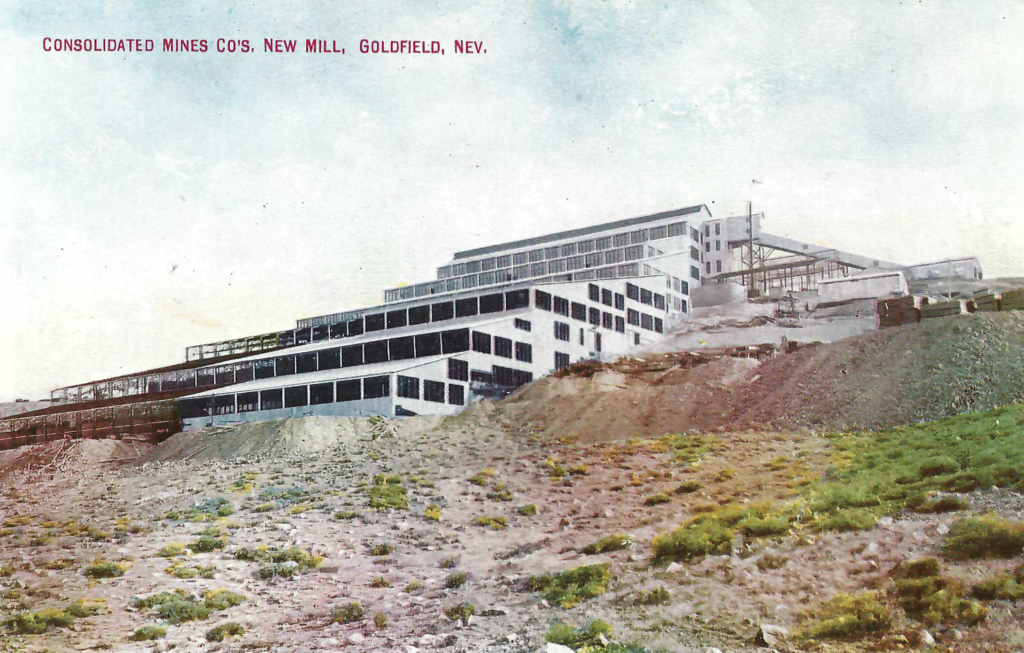
Many photographers set up their cameras on the same spot to record this view.
The photographer who took this photograph in late 1908 of the mill still under construction, is presently unknown.
Proud of its new mill, The Goldfield News on December 26, 1908, in a page one story wrote, “True to promise, the great Goldfield Consolidated mill on Sandstorm hill, the finest quartz mill in the world, started operations this morning at the hour of 8 o’clock a.m. Dec. 26, 1908, signalizes the beginning of a new era in Goldfield.”
The newspaper story continued, “The mill was started without ceremony or formality. Last week George Winfield gave a large banquet to all head of departments and all men in charge of mill construction to the number of 75 or more, in hor of the completion.”
“But,” the newspaper wrote, it is “the golden stream that is to follow the commencement of operations at the mill. that is what the mining world is interested in.”
For the next decade, the “golden stream” with a value of more than $48,000,000 pour from the mill.
The mill closed in January of 1919.
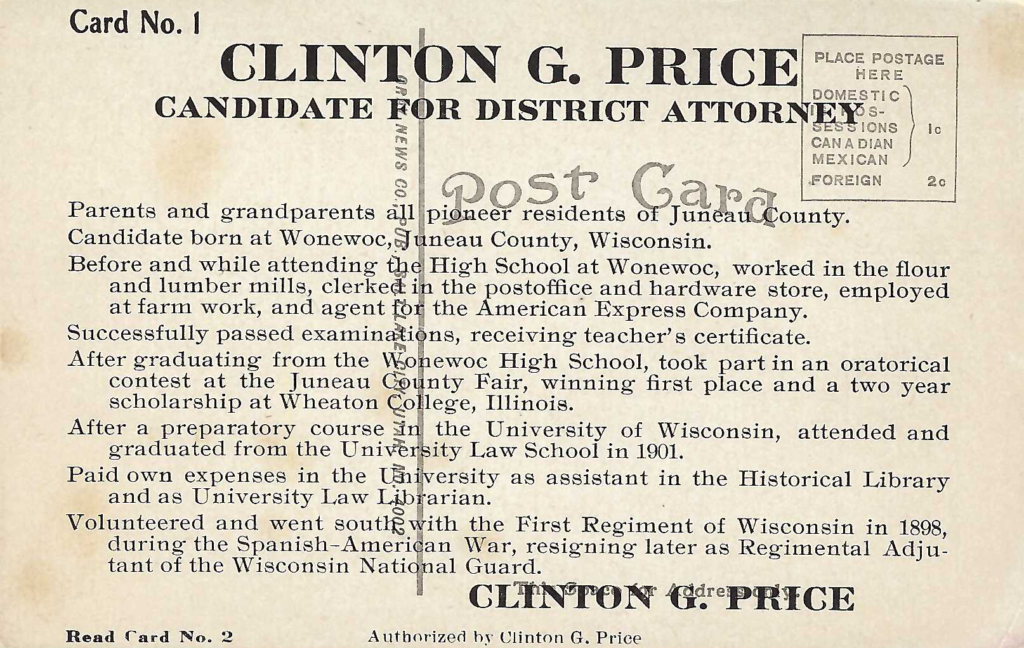
In an odd use, in the 1920’s Clinton G. Price a Wisconsin lawyer used the Gray News post card of the Goldfield Mill, 4002, as part of his campaign to become District Attorney of Juneau County.
A review of his history does not reveal any connection to Goldfield or Nevada.
From Wikipedia Clinton G. Price a lawyer and public servant. Born in Wonewoc in Wisconsin, Price graduated from high school, worked on a farm, in a sawmill, and was an American Express agent.
Price served in the United States Army during the Spanish-American War and World War 1. He graduated from the University of Wisconsin Law School and was elected to serve as district attorney. During his career as D.A., he battled bootleggers. On April 13, 1930, he was gunned down by an assailant at his house in Mauston, Wisconsin, dying on April 14, 1930. https://en.wikipedia.org/wiki/Clinton_G._Price
The Clinton card itself has two sets of numbers, “Card No. 1” and “Read Card No. 2.” Other Nevada images from the Gray News series, 4001, have not been found with Price’s overprint.
4003 COLUMBIA STREET, GOLDFIELD, NEVADA. 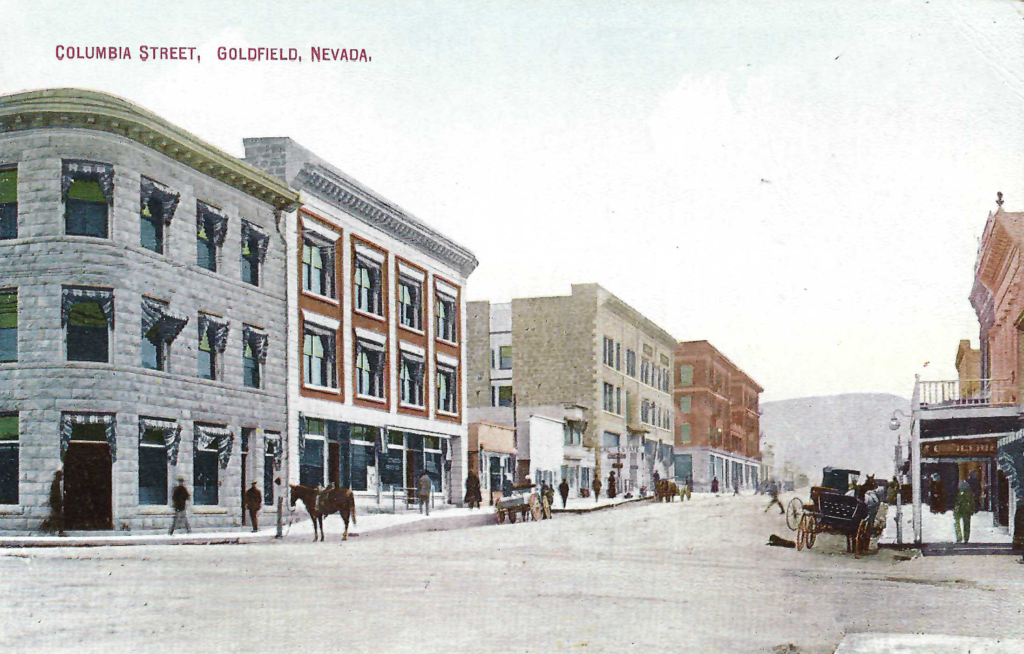
In the second half of 1907, Goldfield photographers, Welch and Tune took the photograph used for the post cards.
The same photograph, but when The Goldfield News bought the rights from Welch and Tune and reprinted the post card they added the newspaper’s name to the side of the Montezuma Club wall.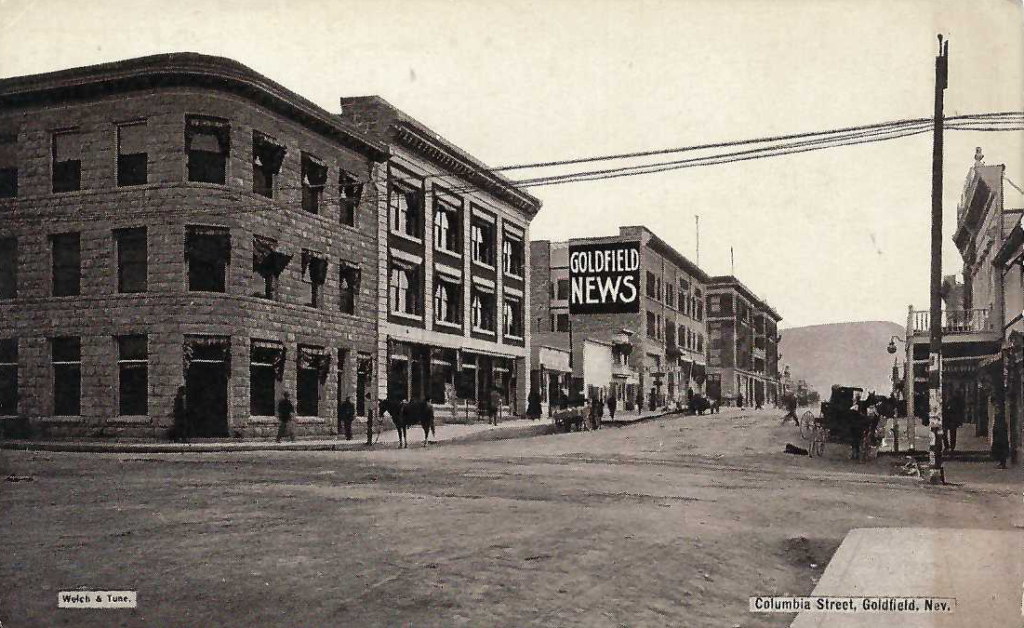
In the foreground is the Goldfield Consolidated Mining Company’s building, followed by the Registration Trust Company, the Montezuma Club, and the News Building, then the Hotel Goldfield.”
Hugh A. Shamberger, in his 1982 book “Goldfield” uses this Welch & Tune photograph.
Shamberger describes the “Consolidated Mining Company Building” as the Nixon-Wingfield building as the two men controlled Consolidated.
He also provides additional information regarding the “Registration Trust Company building.
On page 125 Shamberger points out “The Nixon-Wingfield building” is seen on the southeast corner of Columba Street and Ramsey Avenue. He adds” next to it on Columbia Street is the large-windowed Ish-Curtis Building.”
Shamberger did not identify the three smaller buildings in the photograph. The one next to the Montezuma Club has a sign extending to the street that reads “REAL ESTATE.’
He pointed out the “Large building up Columbia street, is the Montezuma Club with the eye-catching GOLDFIELD NEWS sign on its north wall. Adjoining it upstreet is the News building, both of these buildings were destroyed in the 1924 fire. Still farther south along Columbia Street, the is the Goldfield Hotel.”
4004 BIRD’S-EYE VIEW OF TONOPAH, NEV. FROM MT. ODDIE. 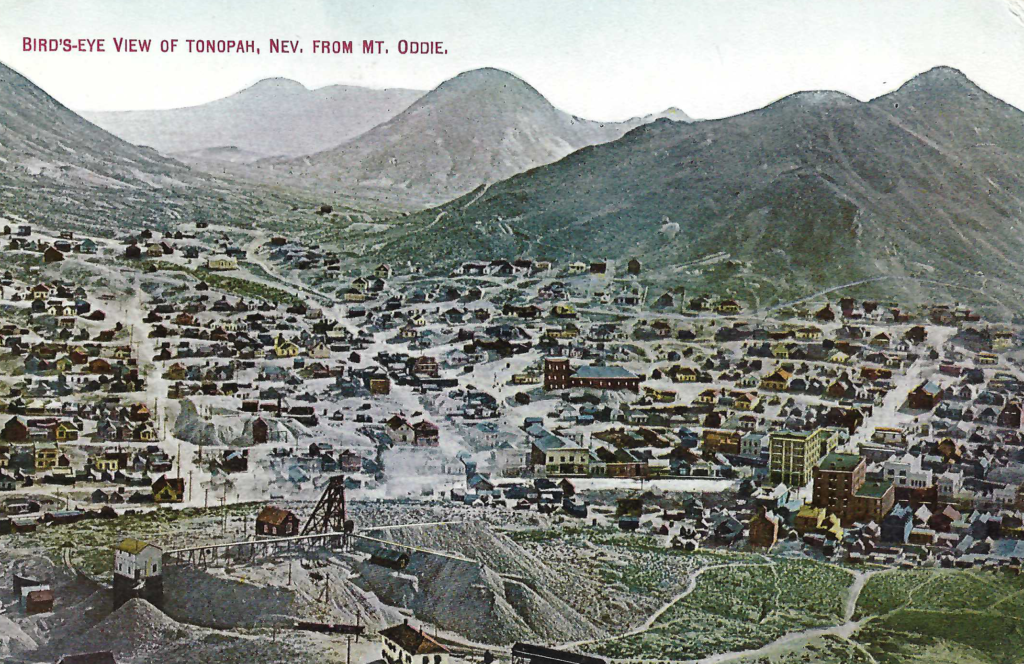
Interesting view showing mountains in the background. View not seen on other post cards. Photographer unknown, time frame 1906-1907
4005 MT. ODDIE AND PRINCIPAL MINES, TONOPAH, NEV.
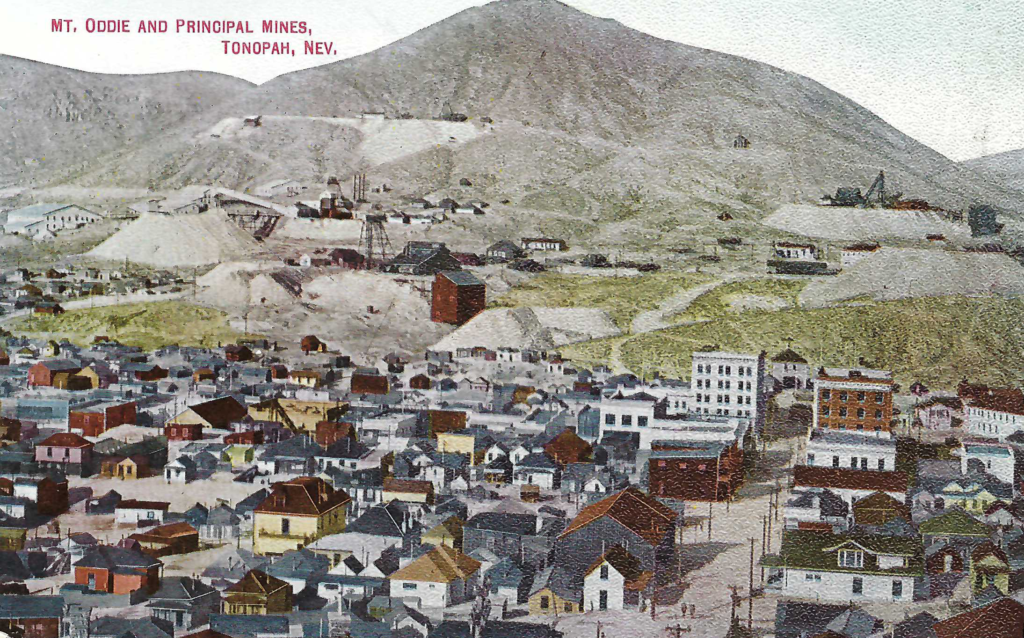
Photographer unknown, time frame 1906-1907
4006 GAMBLING IN GOLDFIELD, NEVADA, NEVADA.
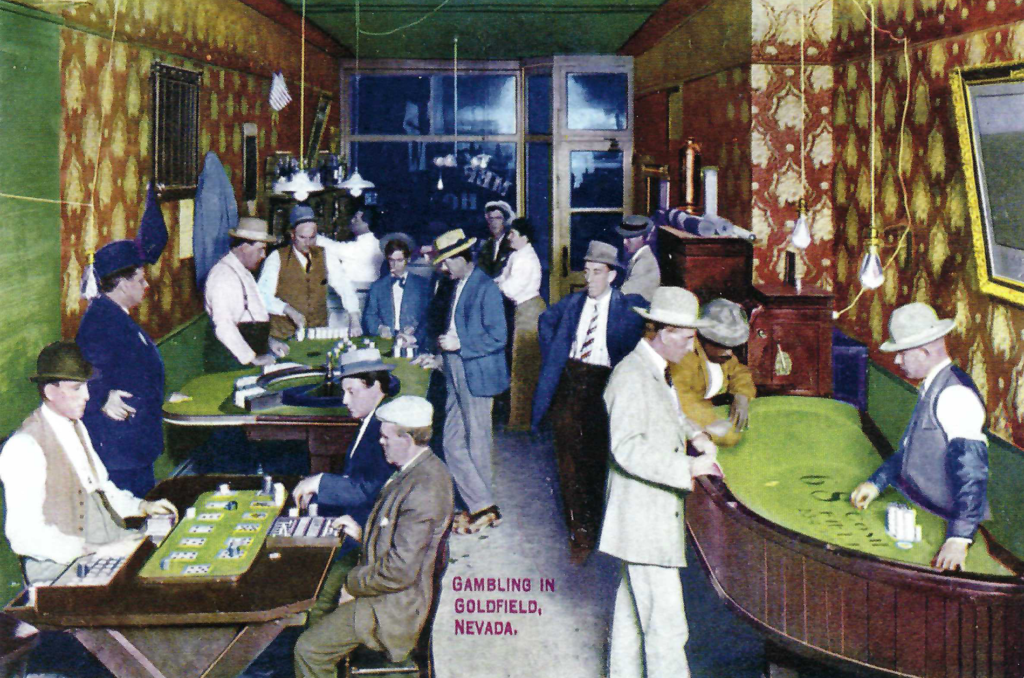
This image in Columbia, Nevada, not Goldfield, was a popular post card when first released in late 1907.
The photograph was used several times by different post card publishers, and today it is still sought after view by collectors.
The photograph was initially used for a post card by the photography team of Welch & Tune who took the picture in the fall of 1907.
In the summer of 1907, Frank E. Welch and Robert H. Tune’s photography partnership arrived in Goldfield.
The two men quickly set up shop and began taking photographs and turning them into ‘real photo’ post cards.
When they initially issued the image on a post card the caption read, “Merchants Hotel.” The hotel’s name is visible on the windows in the background.
Welch and Tune later released the same real photo with the caption “Merchants Hotel” blacked out and replaced with “GAMBLING IN GOLDFIELD.”
Why the change? Was the owner of the hotel J. Casey McDonnal, upset with the Welch and Tune when by caption had moved his hotels from Columbia to Goldfield, or did Welch and Tune think the post card would sell better with a generic gambling caption?
Casey’s hotel was located in Columbia, next door to Goldfield.
The photograph used for the “Gambling” post card number 20 shows seventeen people, including one woman, in a small casino inside the Merchants Hotel.
The photograph shows a bar and bartender, a roulette wheel, a crap table, and a faro game. Except for the bartender, all the men are wearing hats or caps. (Winter?)
Welch and Tune took a series of photographs in the Merchants Hotel casino and bar that night. At least three different versions of the picture have survived. Each image shows the same people, wearing different clothes and in different locations.
Only the photograph used on the card first released by Welch and Tune made its way onto a post card.
4007 PIONEER BUILDINGS, GOLDFIELD, NEV.
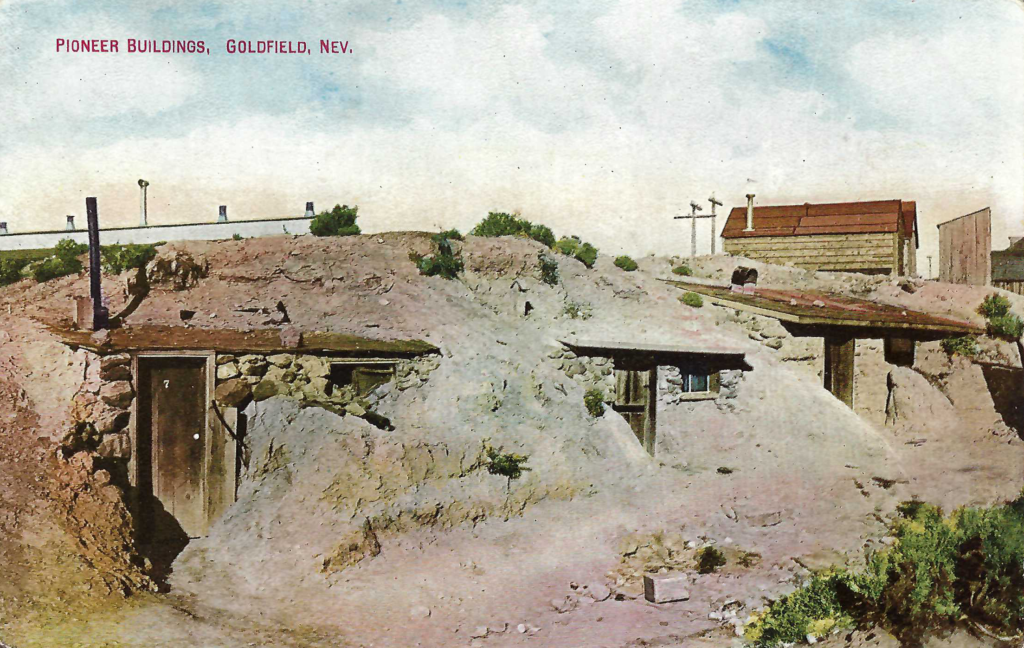
When and who took the photograph for this post card is currently unknown.
Was there more than one set of ‘homes’ built into the side of a hill in Goldfield?
Does this view show just three of the homes that were part of a row of “pioneer” residences?
Note the outhouse with the slanted room on top of the hill. Is it the same outhouse viewed from a different angle on another post card?
This is a post card from the Newman A.J. series and shows part of a row of homes in a hill in Tonopah.
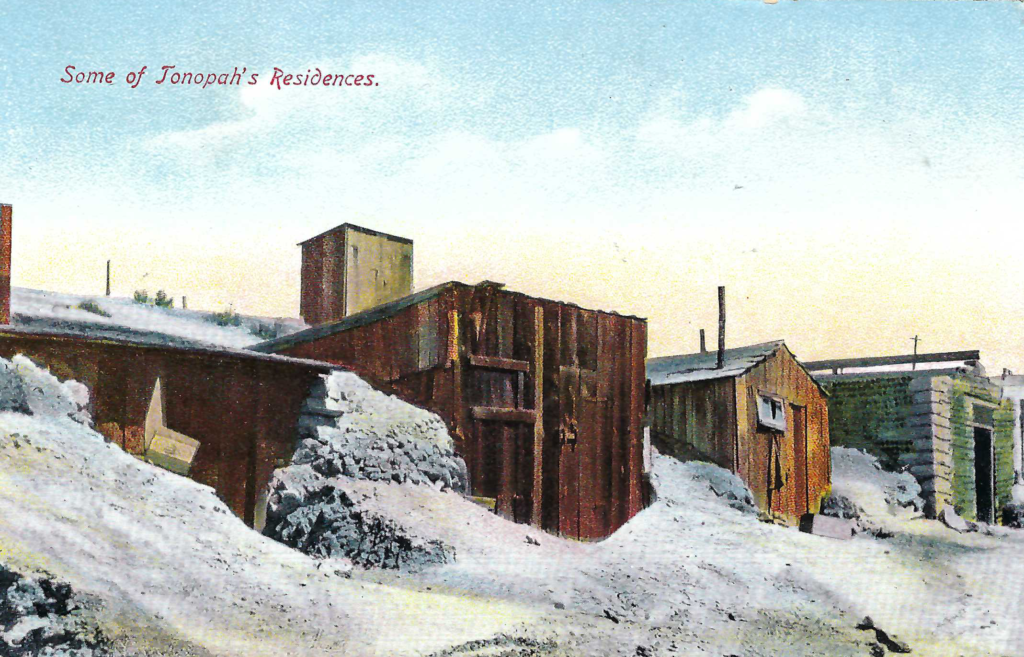
4008 GENERAL VIEW OF MINING DISTRICT, GOLDFIELD, NEV.
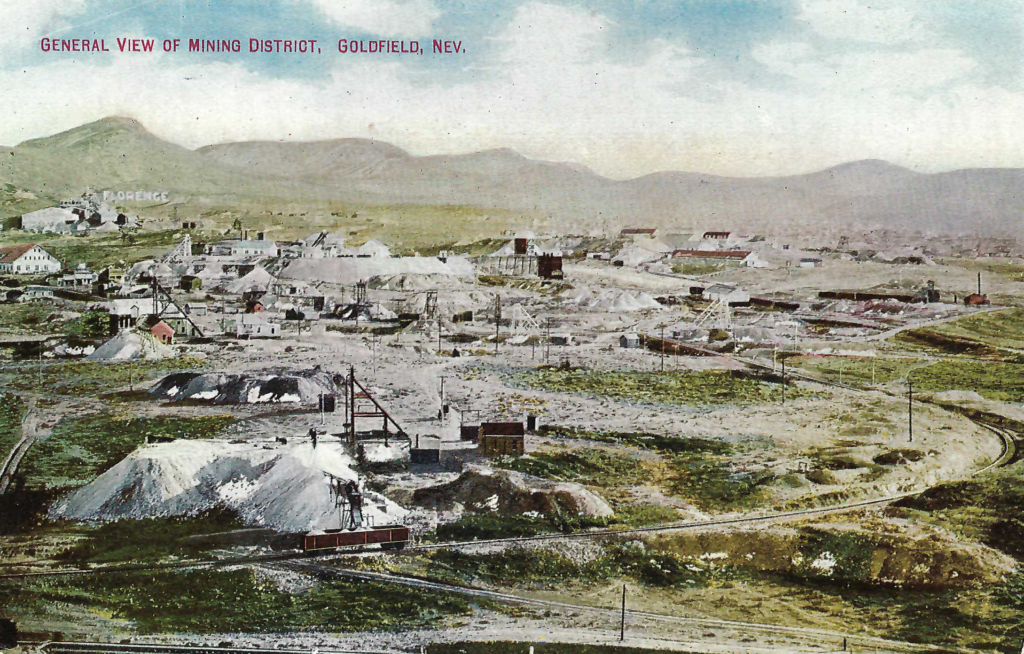
When and who took the photograph for this post card is currently unknown.
4009 BARREL HOUSE, TONOPAH, NEV.
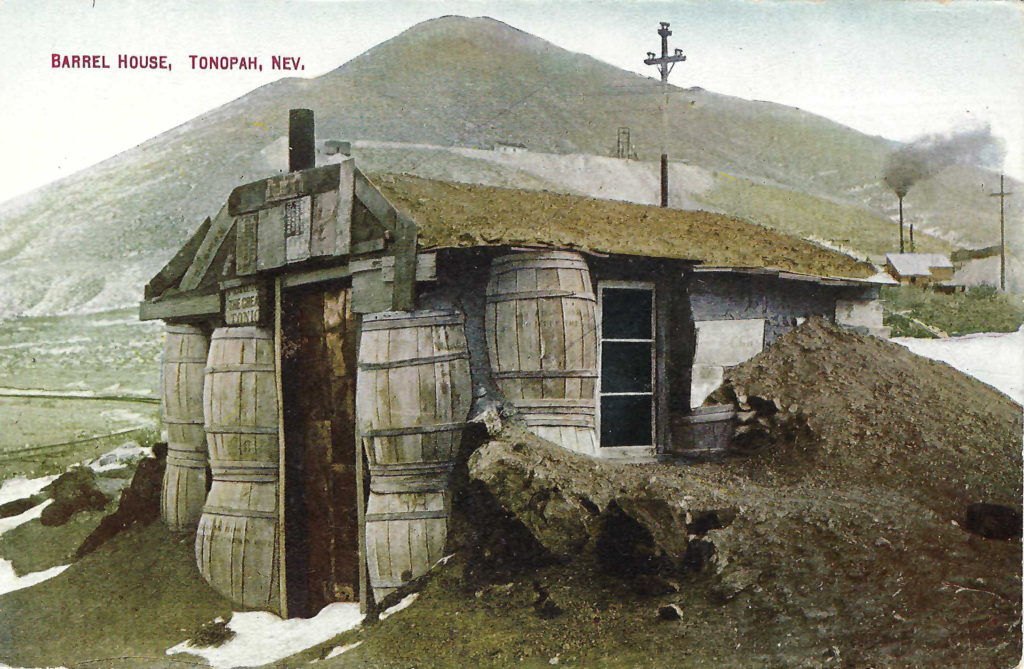
Photographer unknown. Photograph used on the Gray News series 4009 post card was taken in late 1905.
The view was first issued by the E. H. Mitchell post card company weeks before the April 1906 San Francisco earthquake.
There are at least five different photographs of the barrel house that were turned into post cards.
From Mt. Oddie in the background, to the details of the barrel, and the use of natural colors (with the exception of the green desert) this post card presents one of the best images of the Barrel House.
4010 MIZPAH SHAFT, TONOPAH MINING CO.
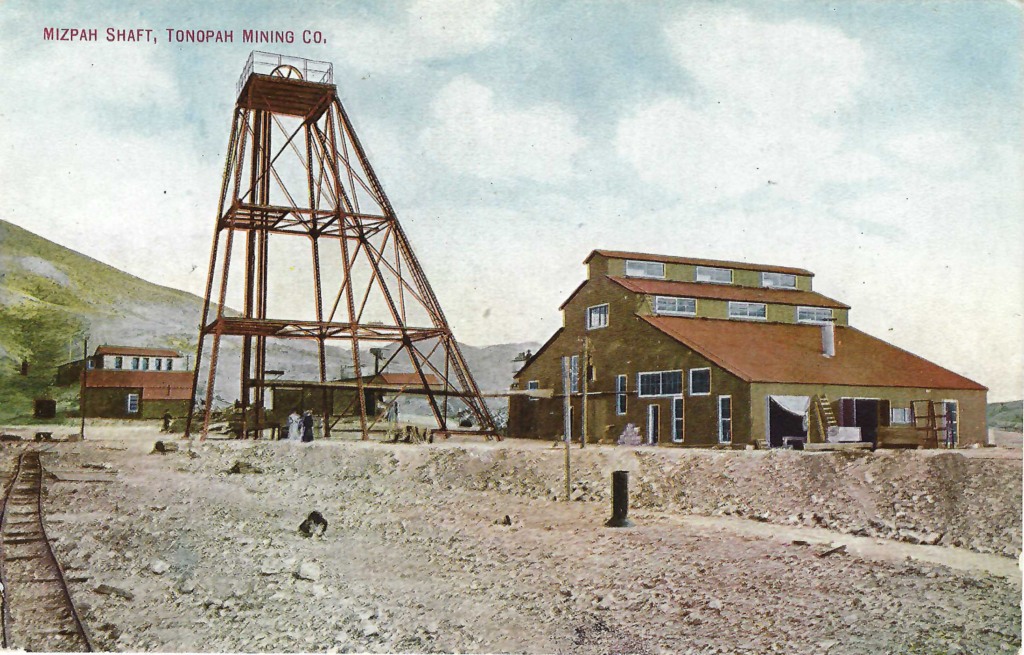
Photographer unknown, time frame 1906-1907
There are two slightly different versions of this Gray News post card.
The only difference is the location of the caption.
The first version has title title flush left at the top of the card. This is where the title is located on the other nine post cards.
In the second version, the title has moved to the center of the post card.
A printing change/error, or does the title shift indicate a second printing run because the card was a popular seller?
Gray News Post Cards of Tonopah and Goldfield
There are only ten post cards in the 4001 Gray News post card series featuring Goldfield and Tonopah. They were produced primarily for the tourist trade on trains. Still, they provide a good snapshot of the two communities circa 1907.
The quality of printing and color selection is above average.
The post cards are scare but not rare. It is not common to see the Gray News cards with Goldfield and Tonopah images offered at either post card shows or online auctions but with a little patience.
When a Gray News from the 4001 series does, appear the prices range (as of Jan 2021) between 15 and 40-dollars. (Seen some above $50.00.)
I’m still looking for a couple, plus a couple of replacements for cards that I rescued. Those two cards appeared to have been run over by a train.
This report will be updated when new details are uncovered.
Thanks to the collectors and dealers who helped identify the cards in this series.
[i] “Train News Service From Reno To Tonopah,” November 30, 1904, San Francisco, (California) Chronicle, page sixteen.
[ii] “Train News Service From Reno To Tonopah,” November 30, 1904, San Francisco, (California) Chronicle, page sixteen.
[iii] “Tribune Always There,” November 30, 1906, The Salt Lake Tribune, page nine.
[iv] “Tribune Always There,” November 30, 1906, The Salt Lake Tribune, page nine.
[v] “The Gray News Company,” display advertisement, December 19, 1913, The Idaho Republican, page five.
[vi] “Ogden Will Be Central News Station,” February 13, 1909, The Standard, Ogden, Utah, page five
[vii] “Ogden Will Be Central News Station,” February 13, 1909, The Standard, Ogden, Utah, page five
[viii] “Railroad Town,” July 16, 2909, Nevada State Journal, Reno, page eight.
[ix] “Hotel Arrivals,” July 17, 1909, Tonopah Daily Bonanza, Page two.
[x] “Kropp’ s Scenic Post Cards,” display advertisement, August 5, 1909, Geyer’s Stationer, New York.
[xi] “Goldfield” by Hugh A. Shamberger 1982, Western Printing & Publishing Company, Sparks, Nevada, page ninety-five
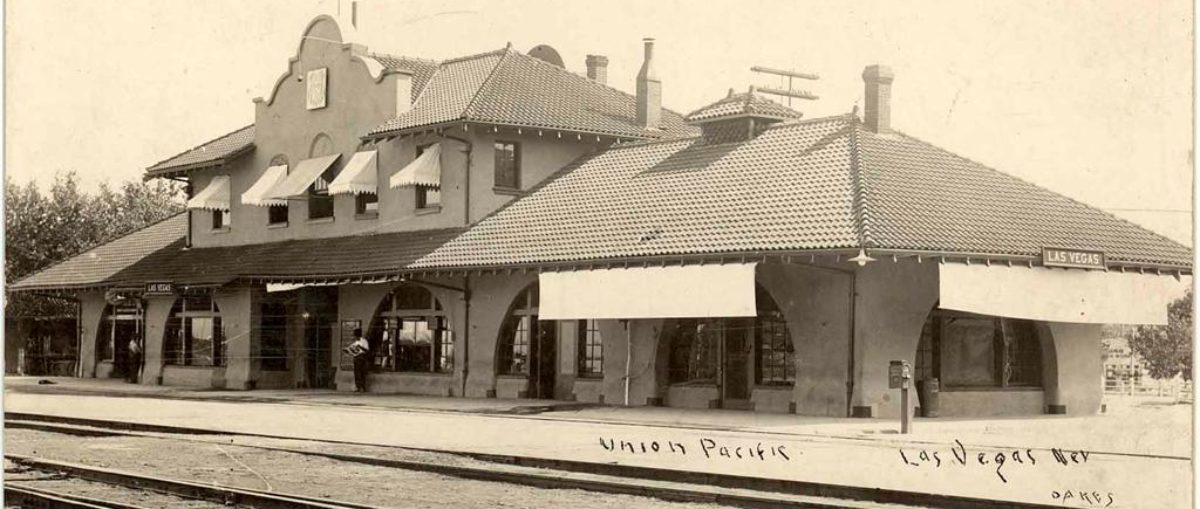
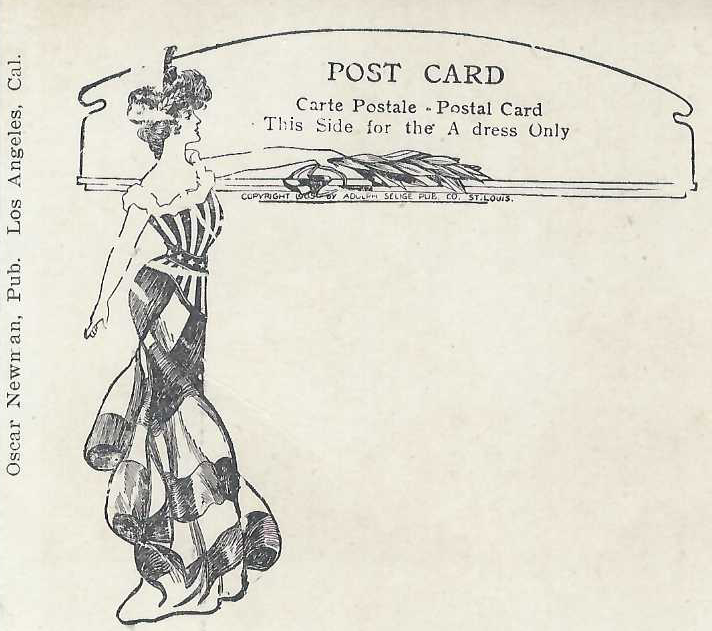
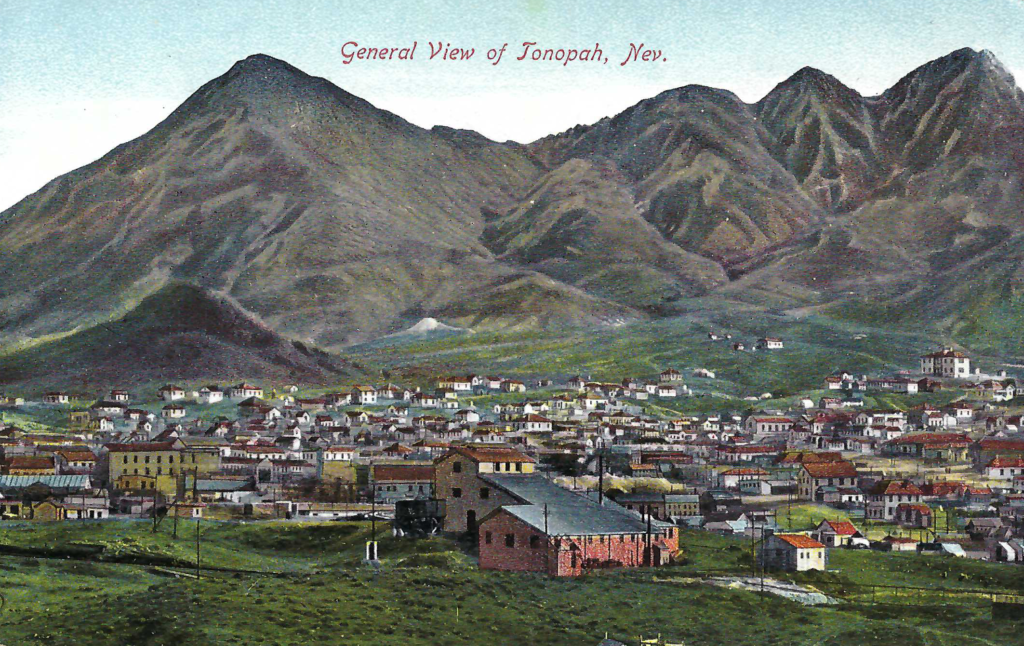
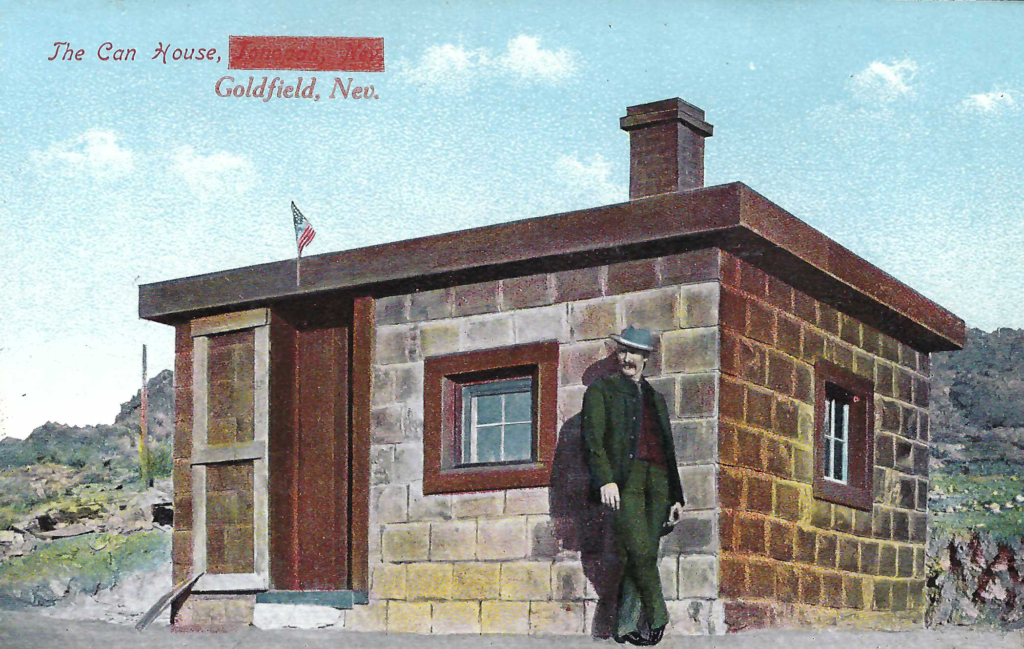
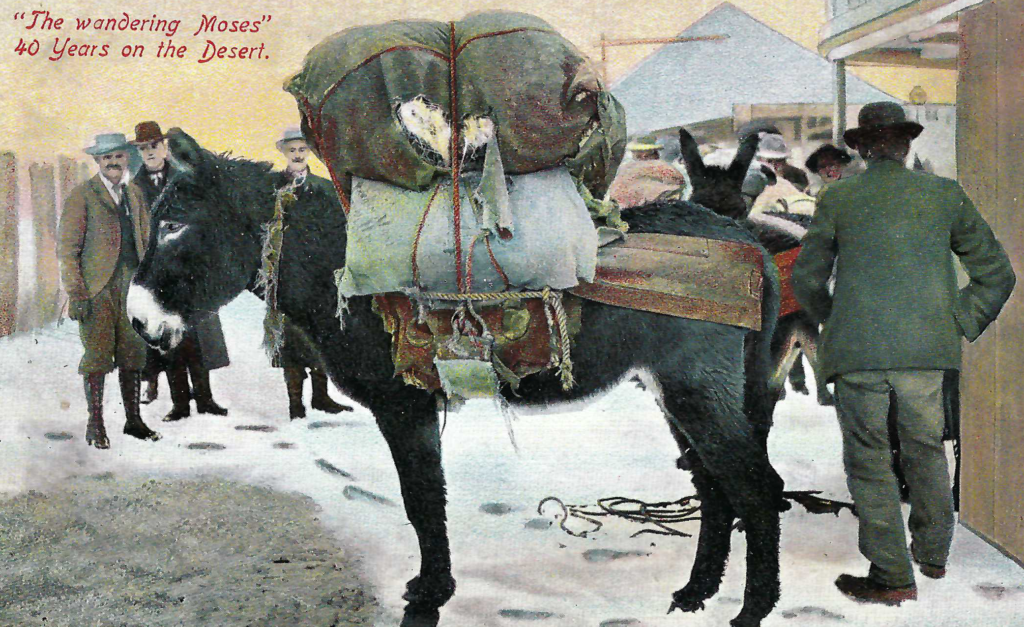
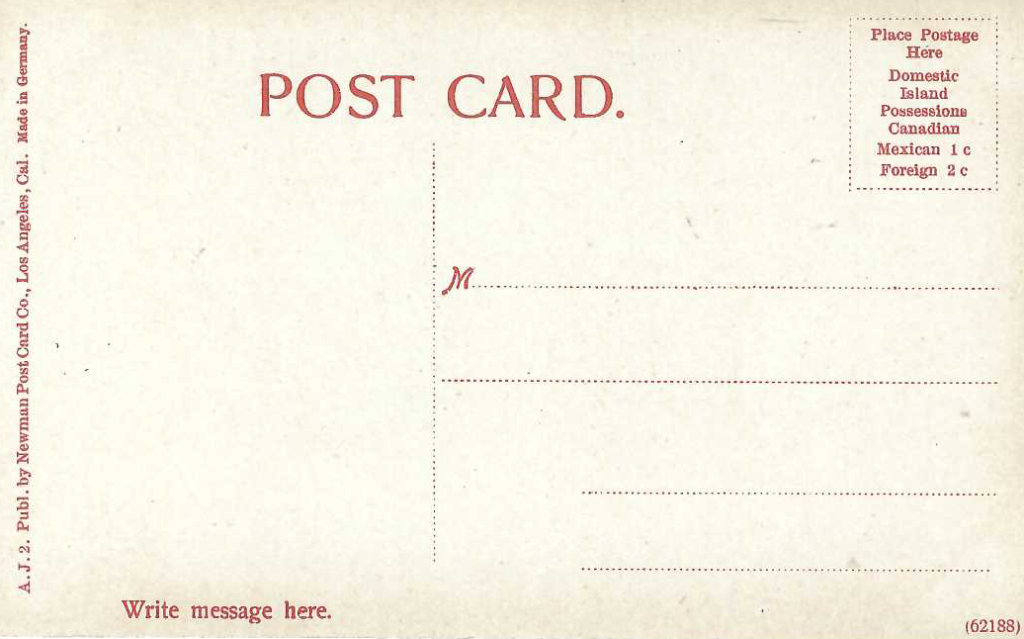

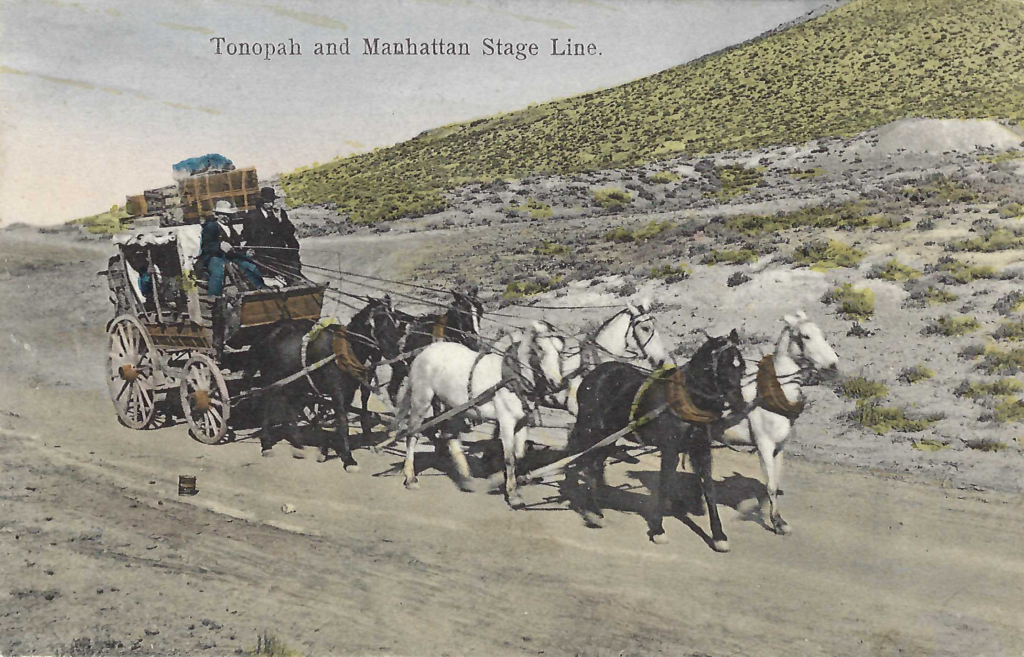
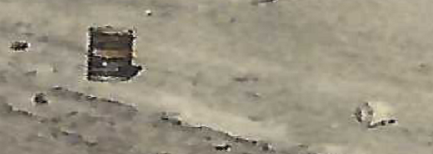
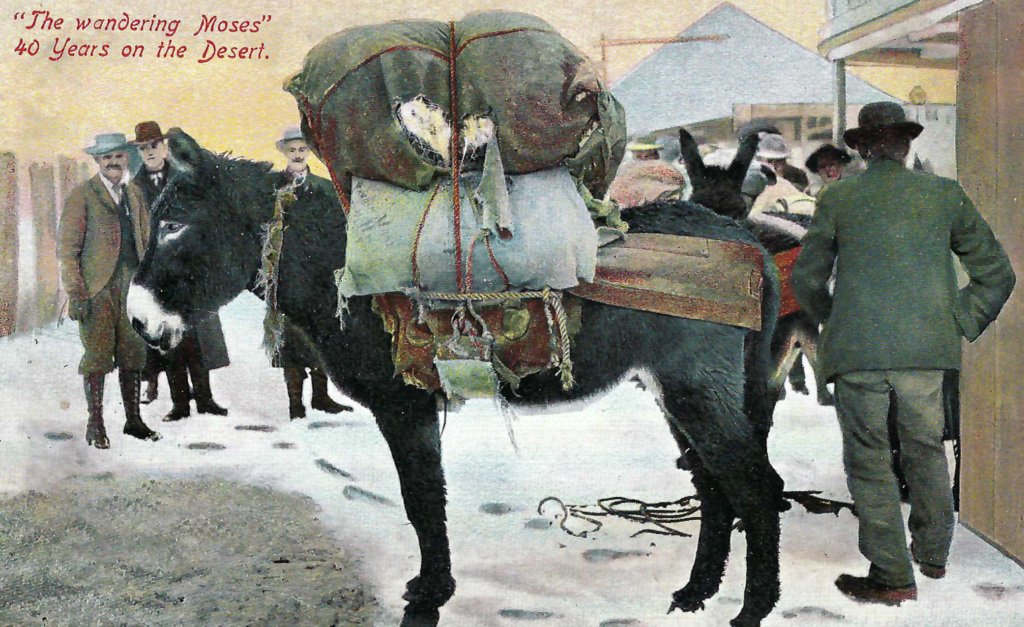
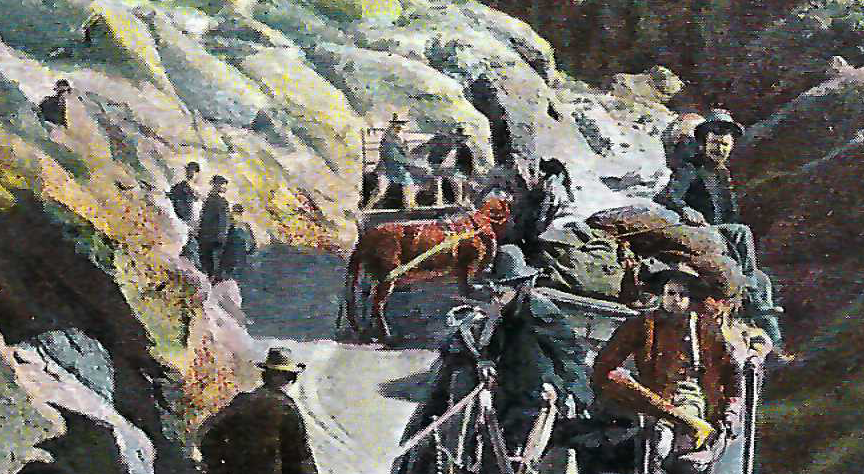
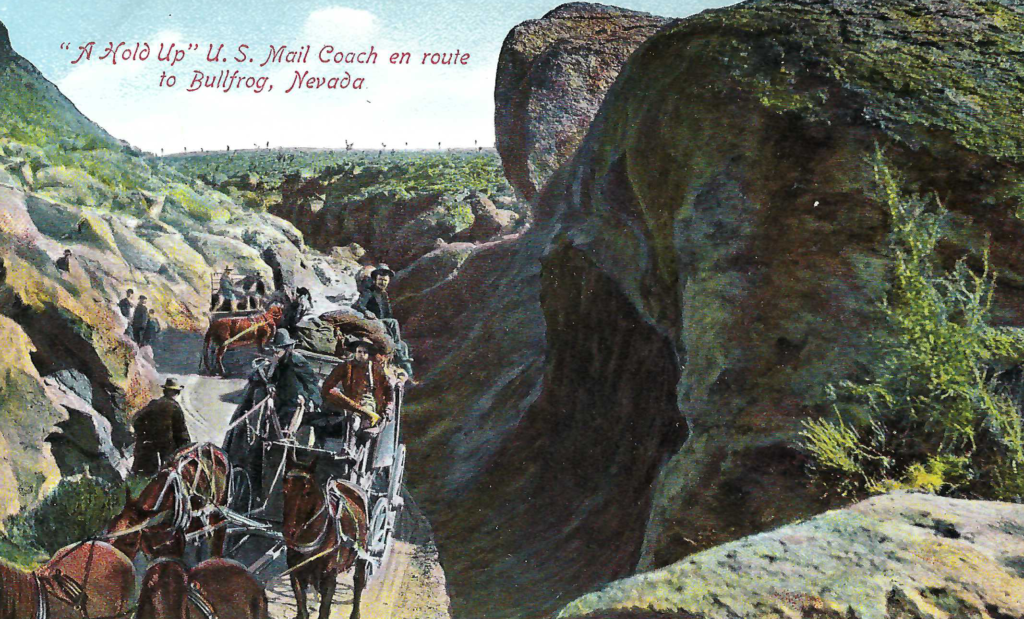
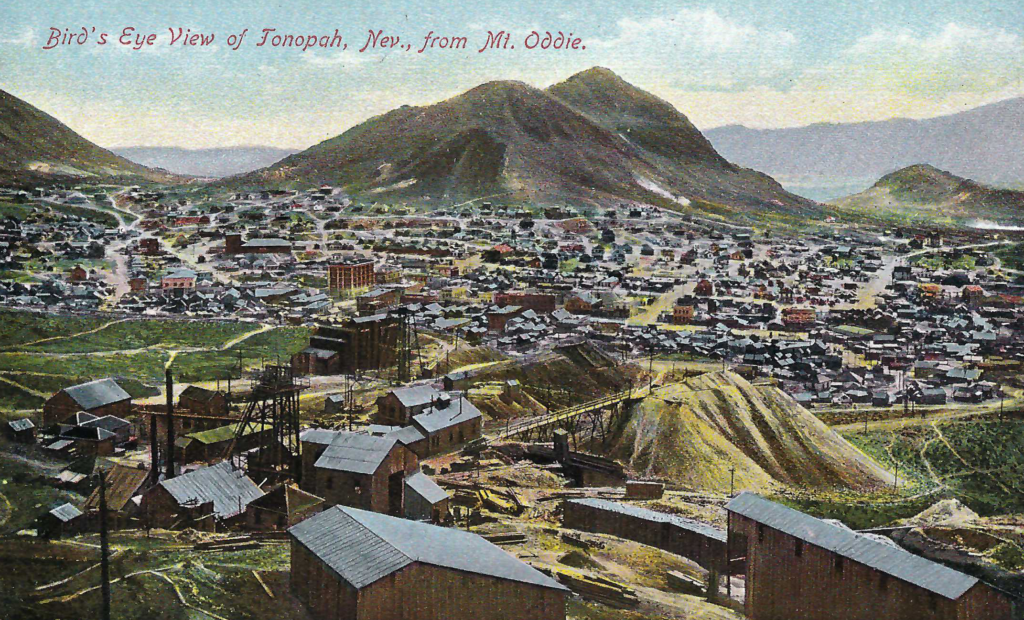
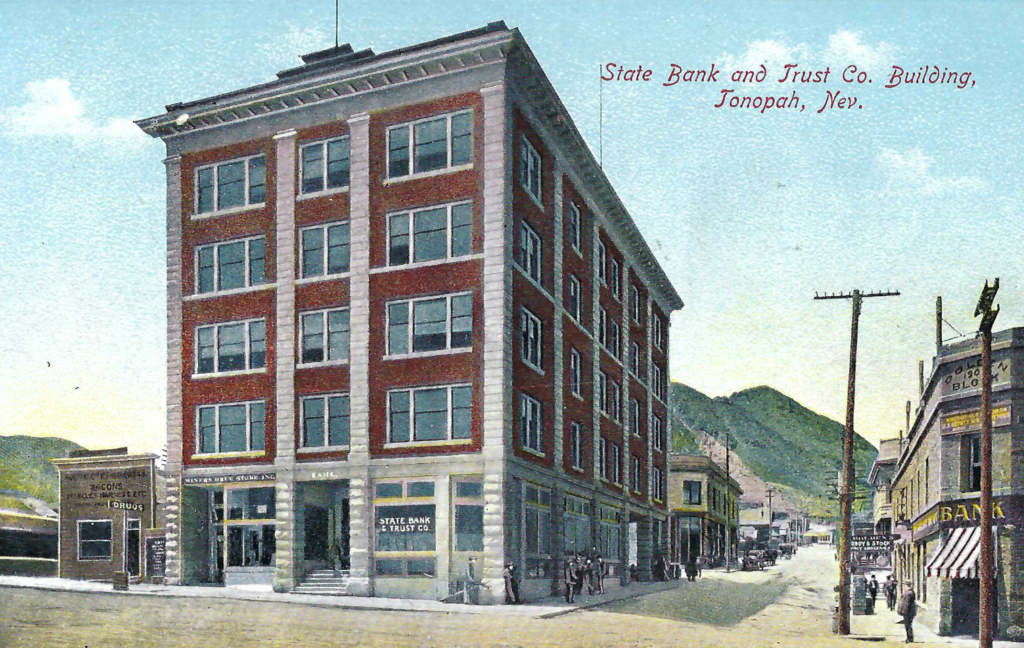
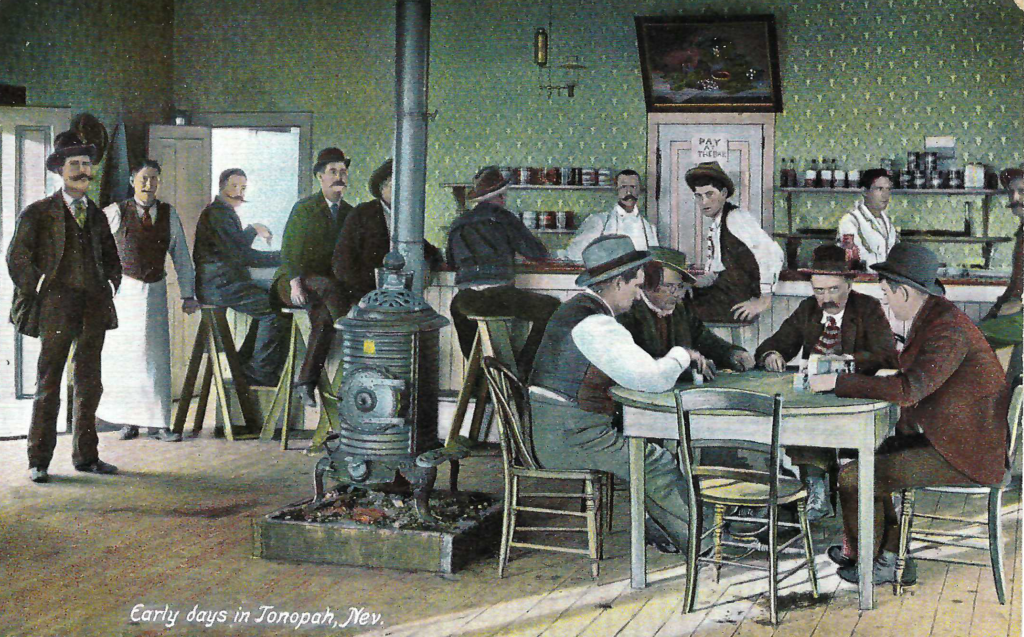
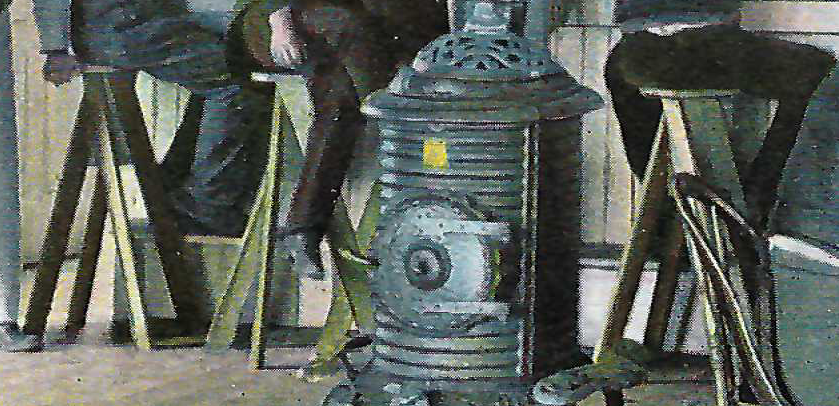
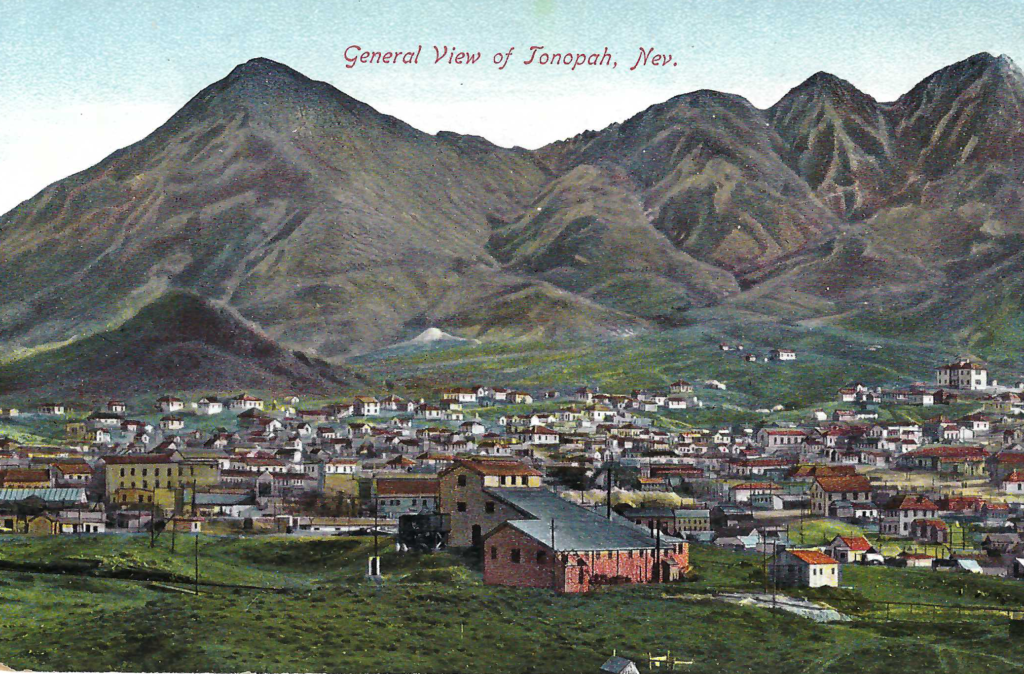
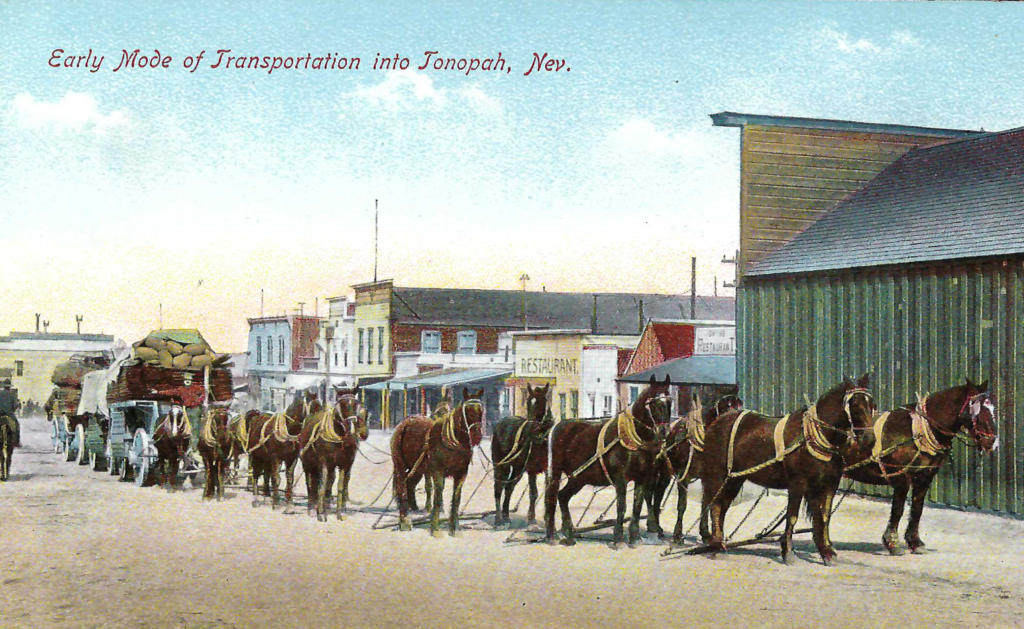
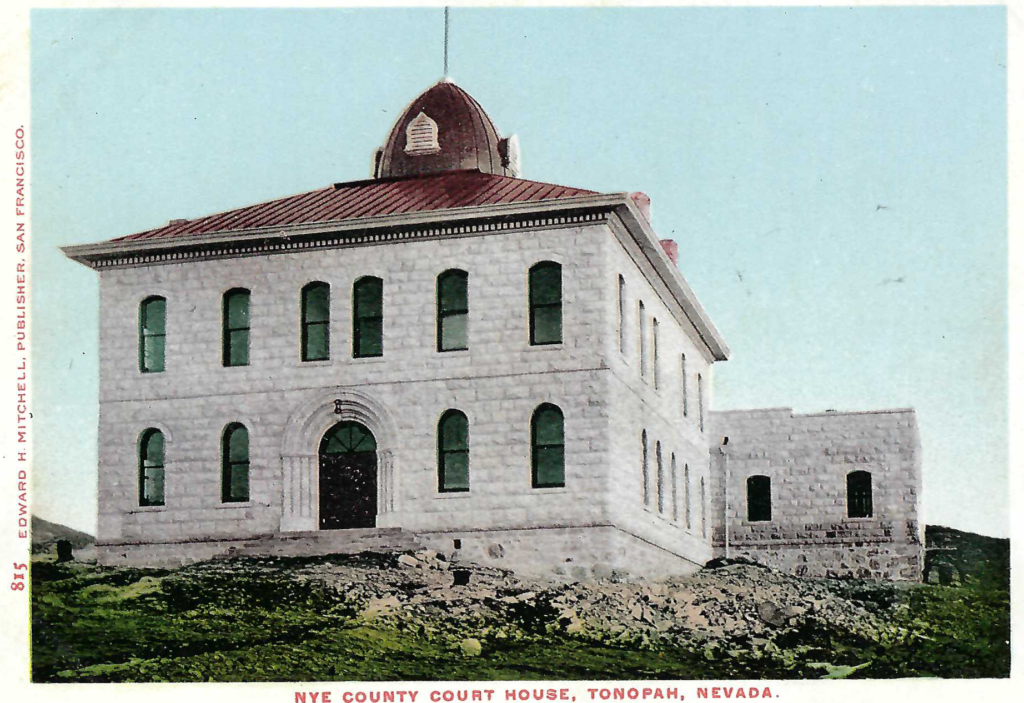
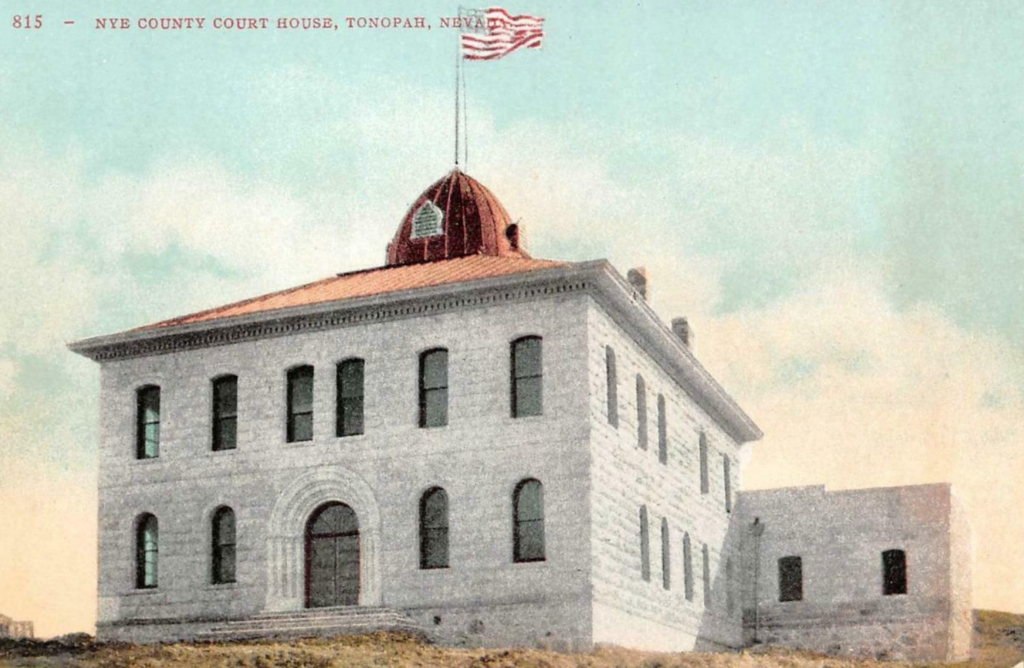
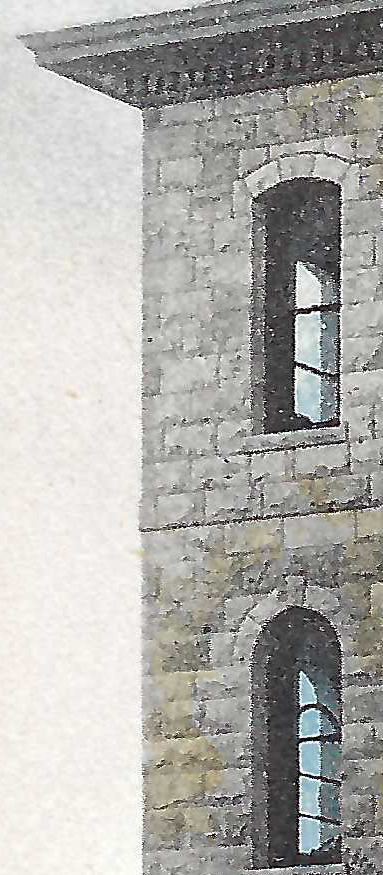
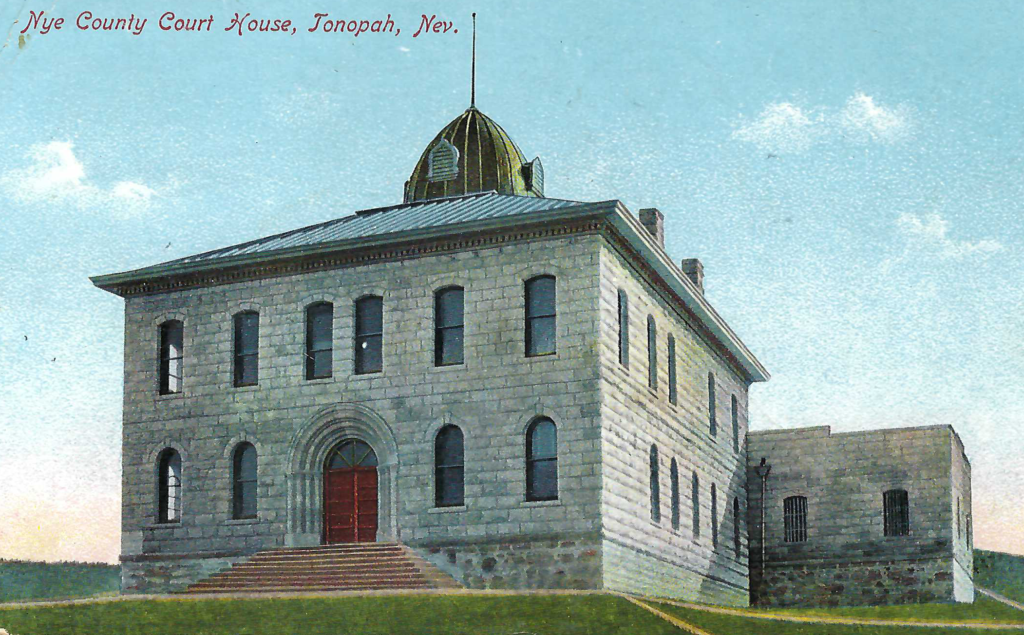
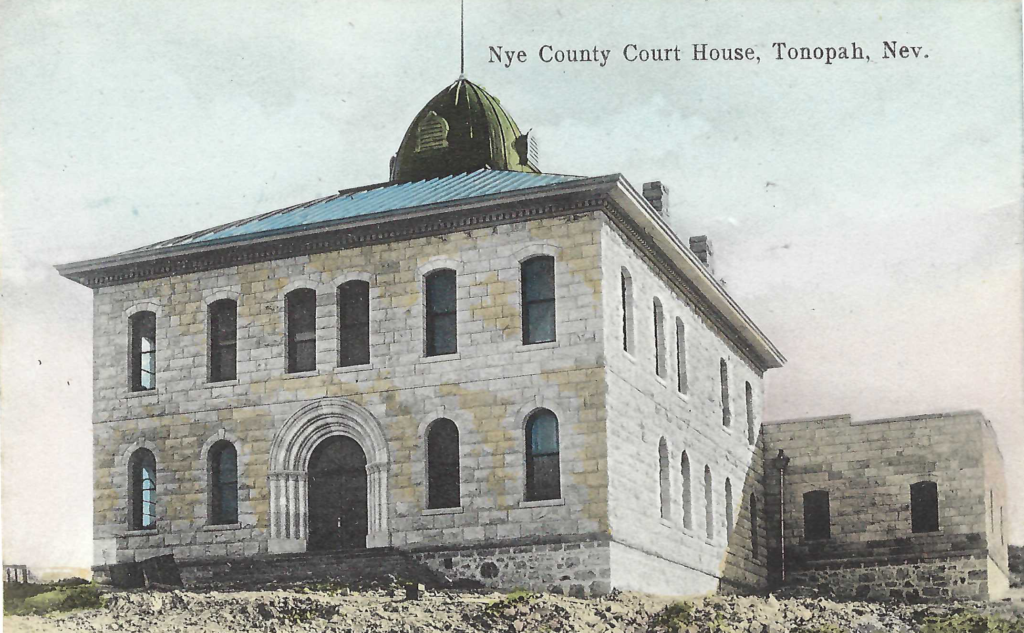
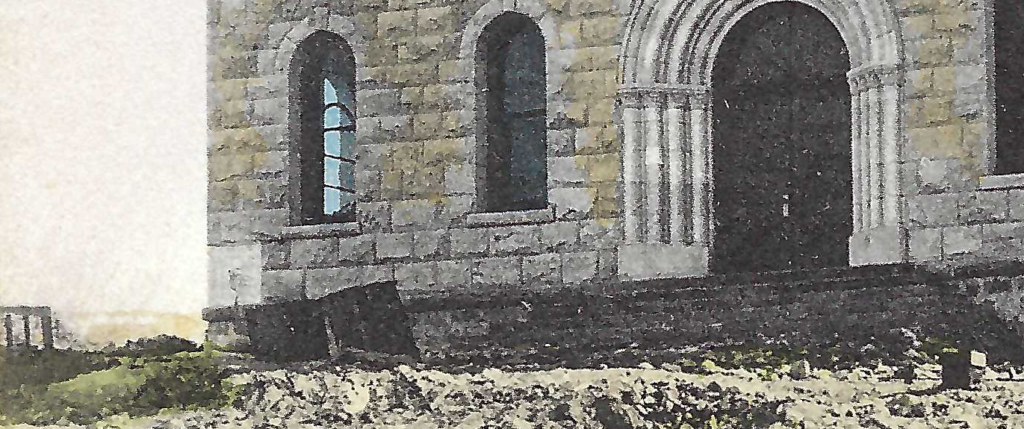

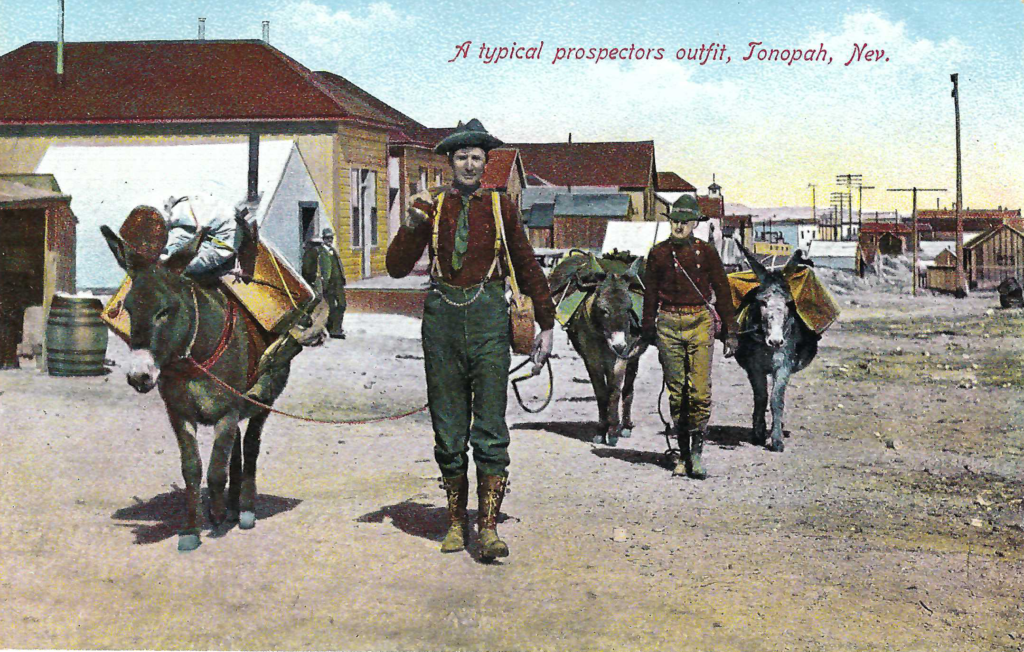
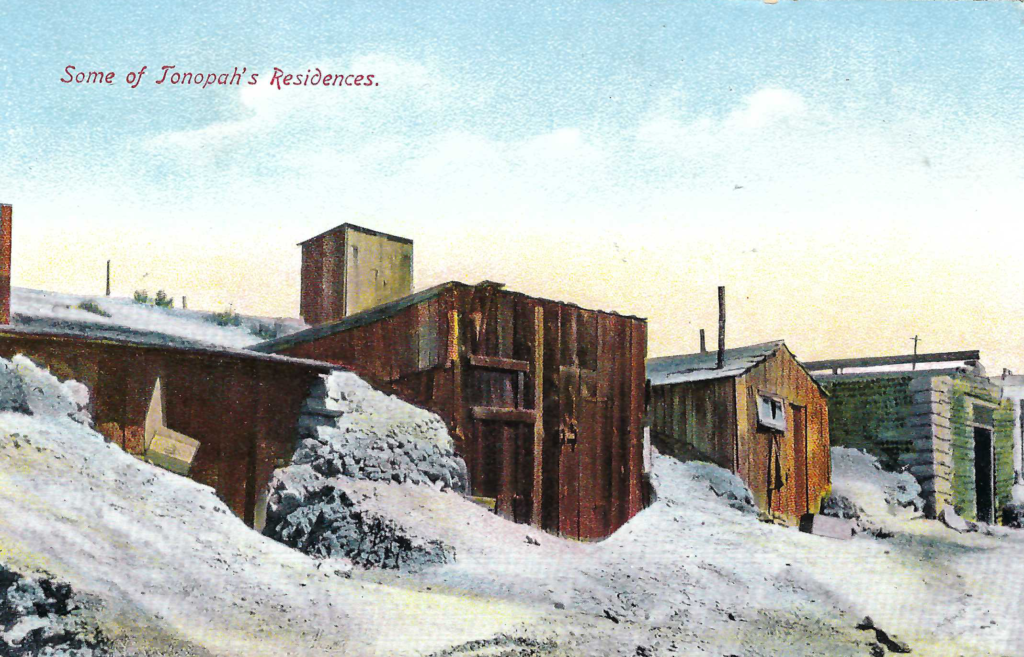
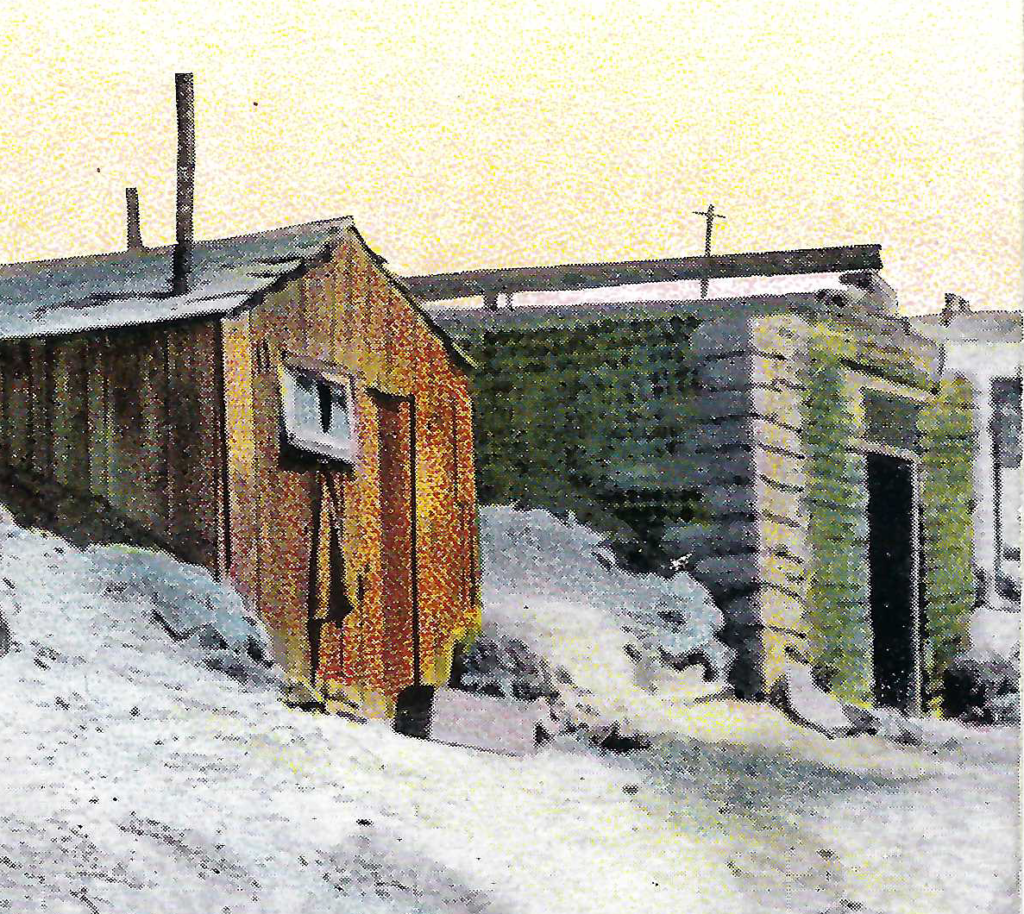


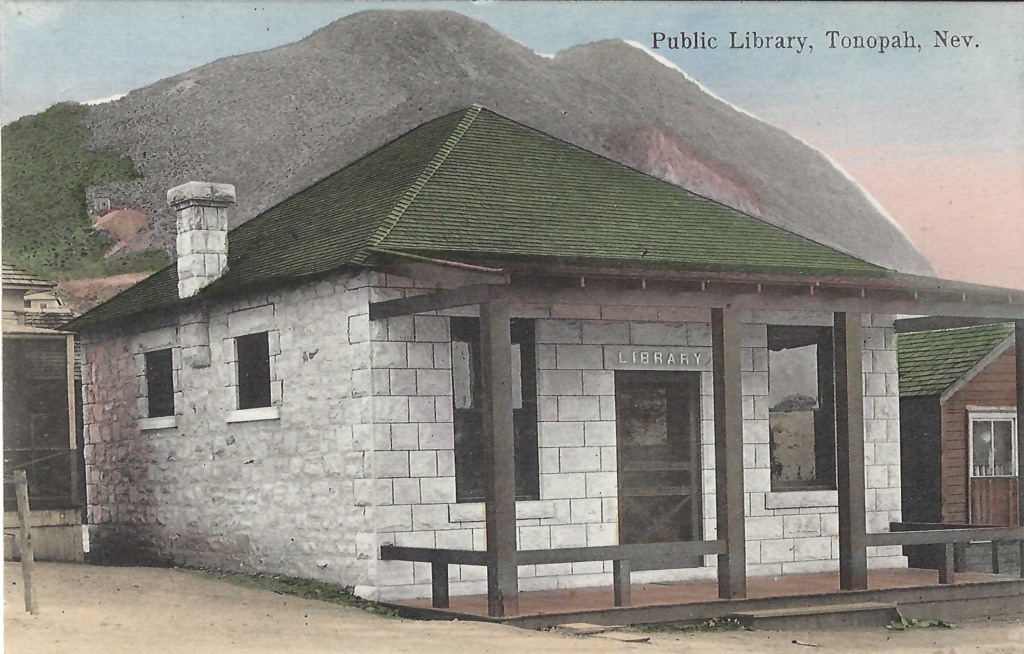
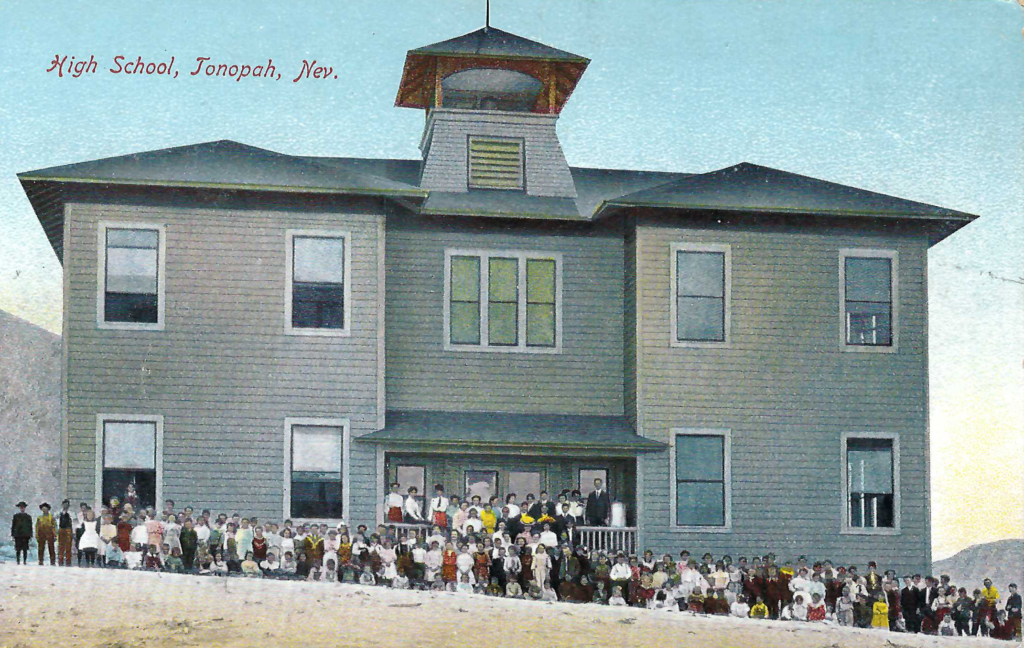
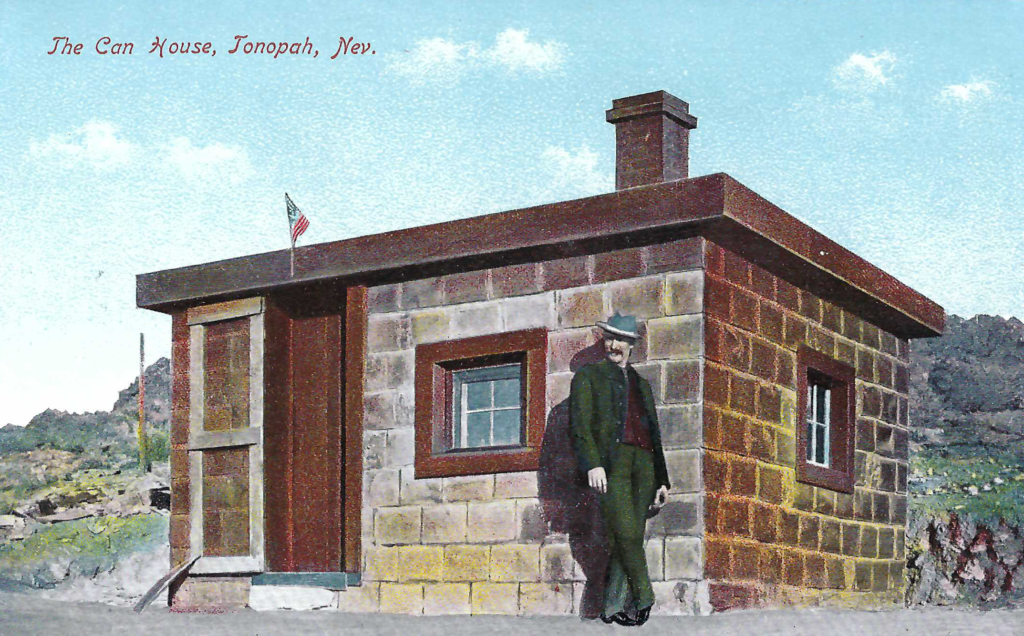
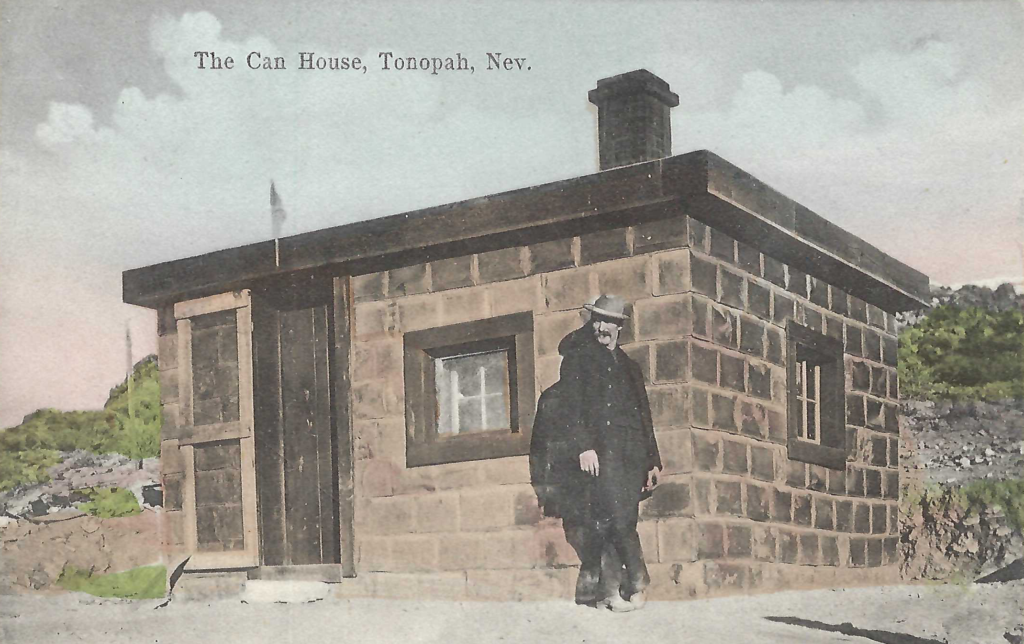
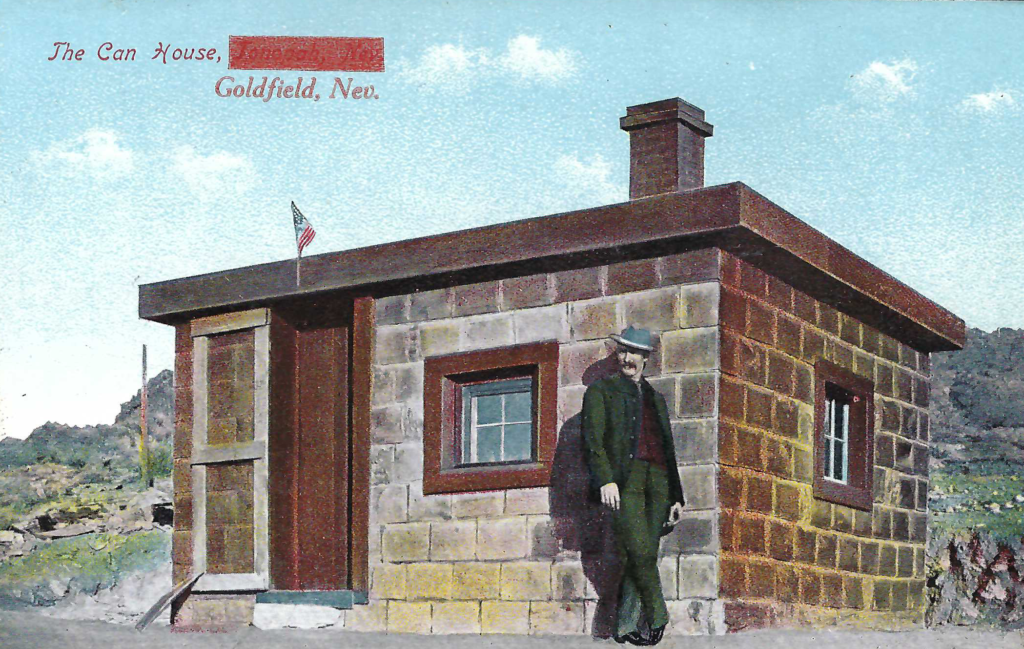
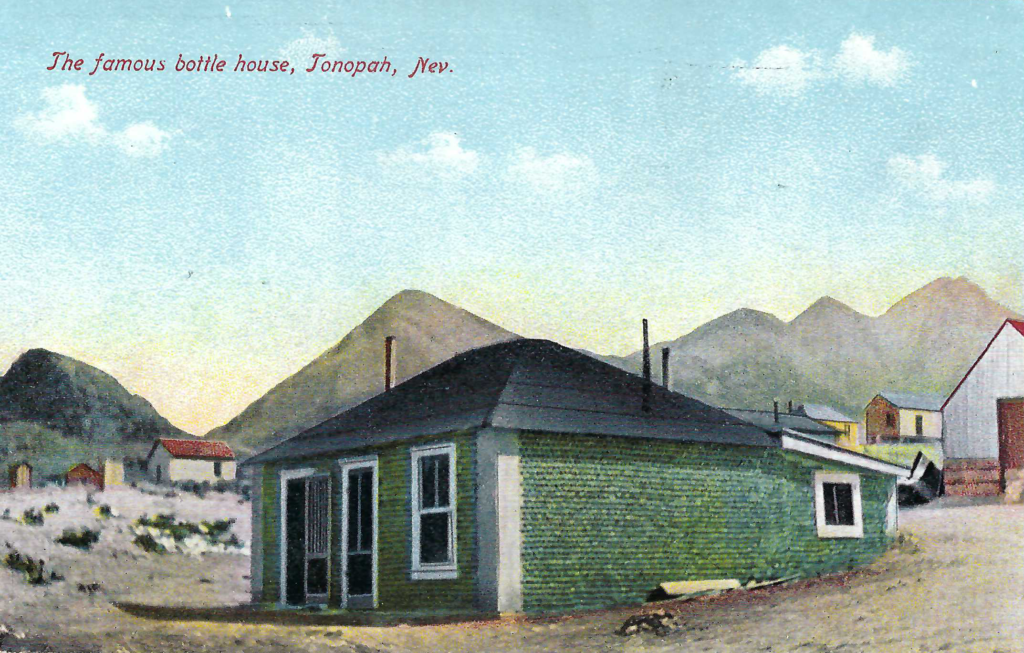
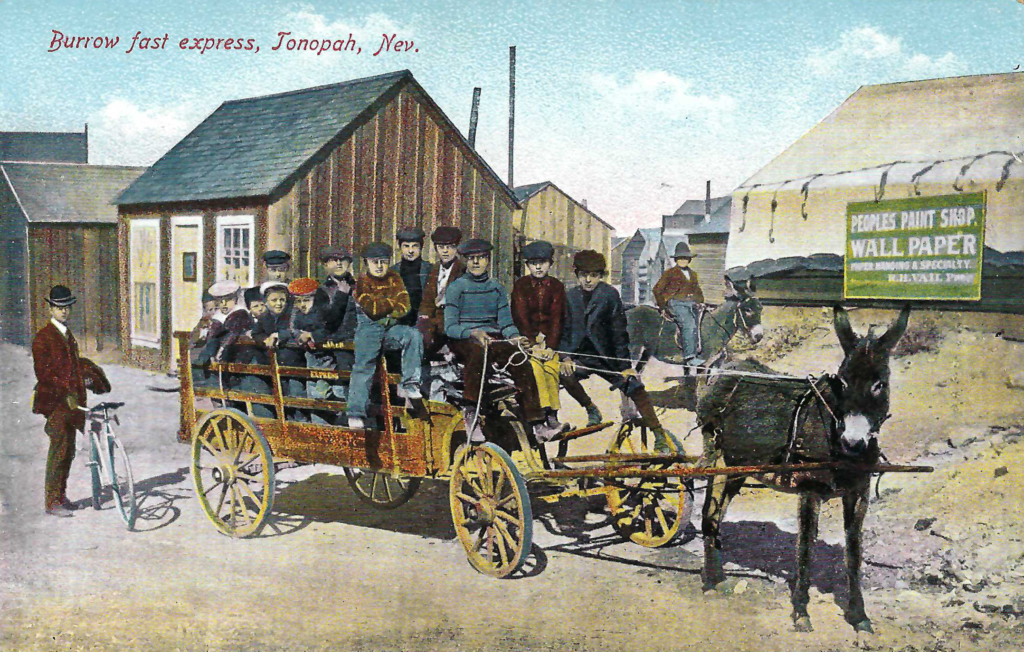
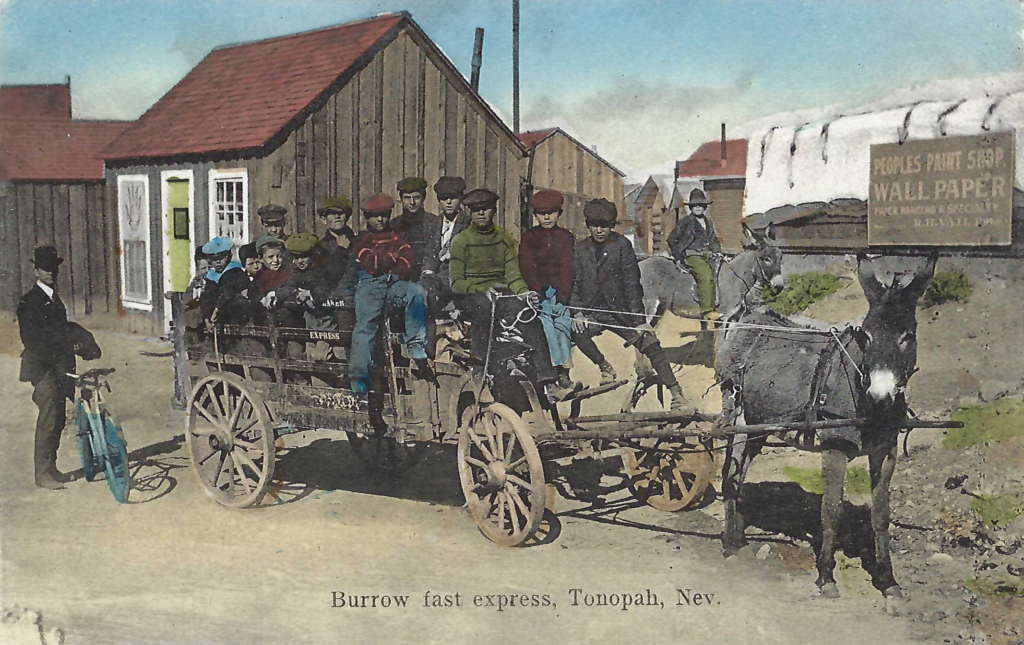


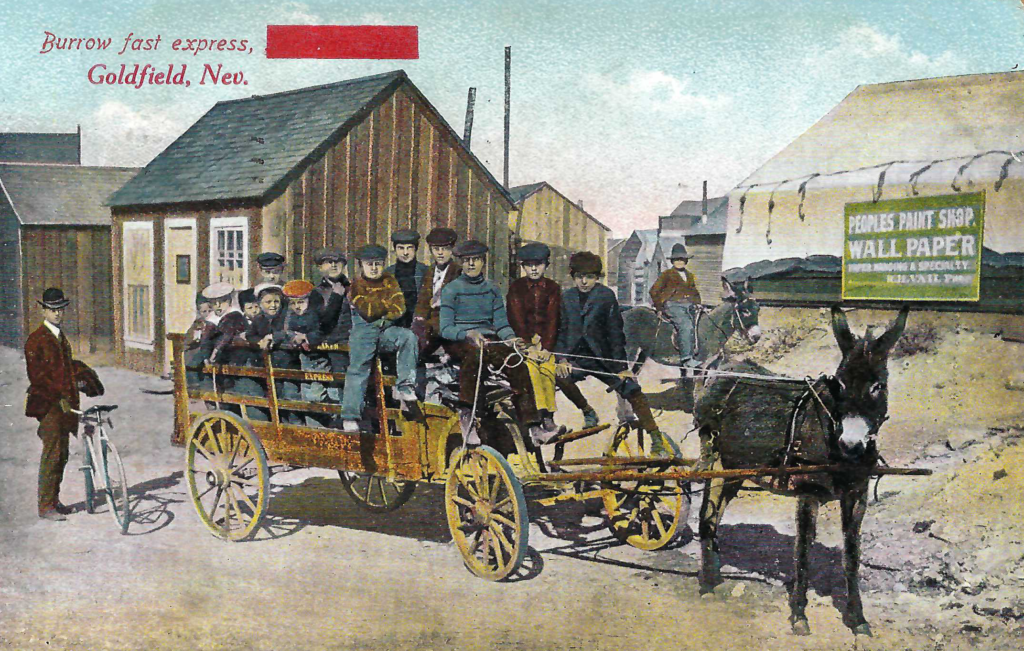
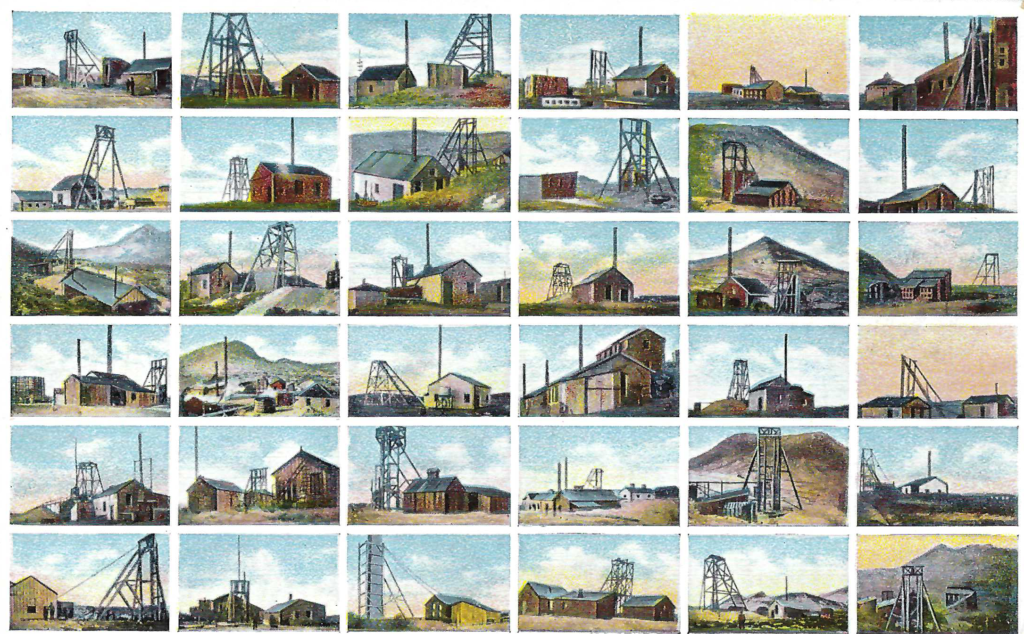
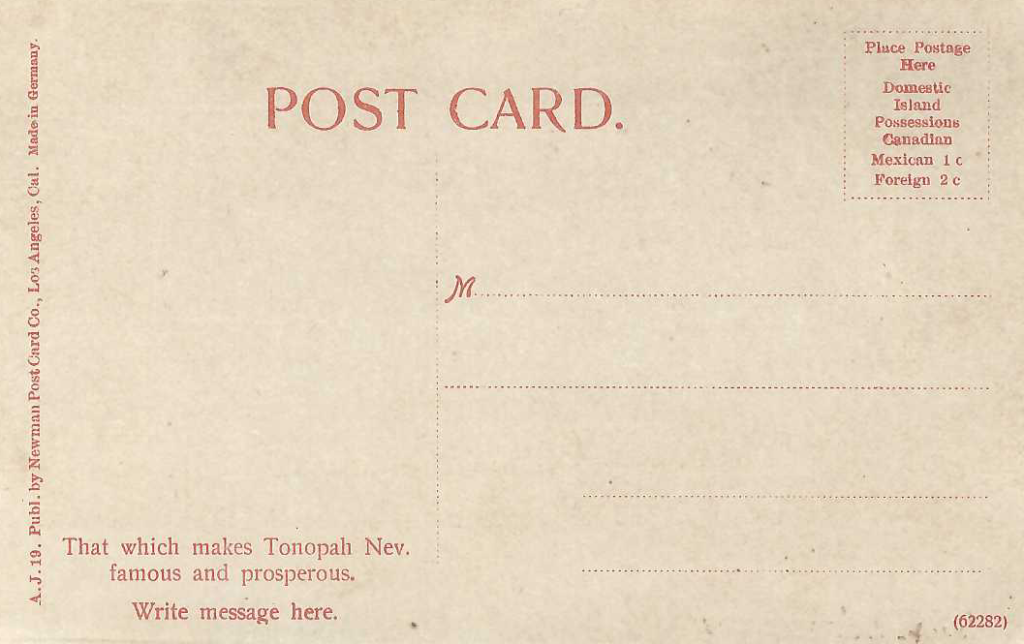
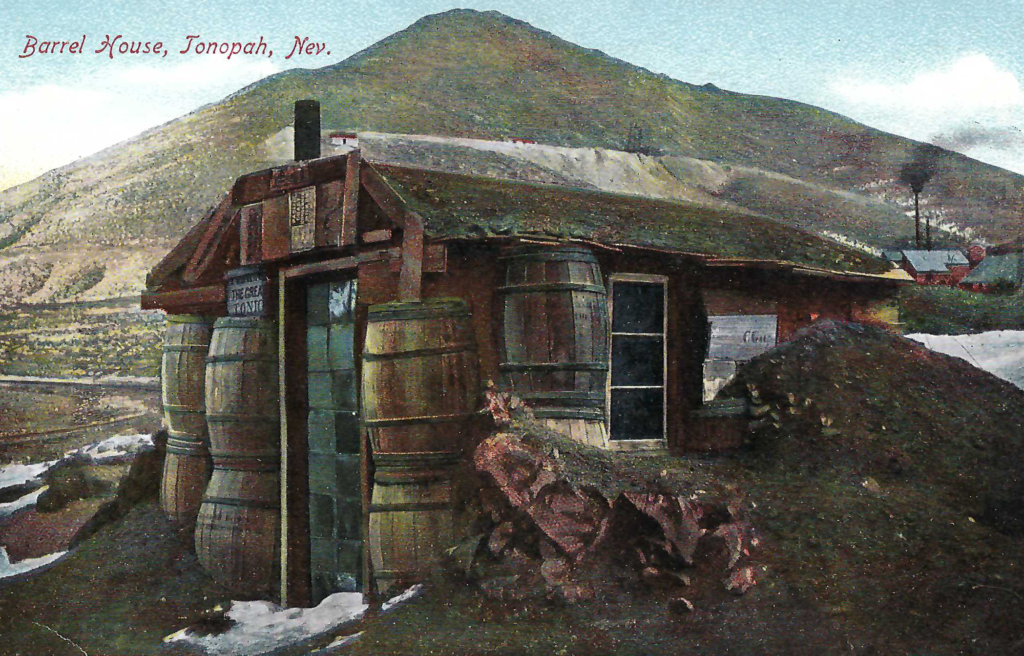
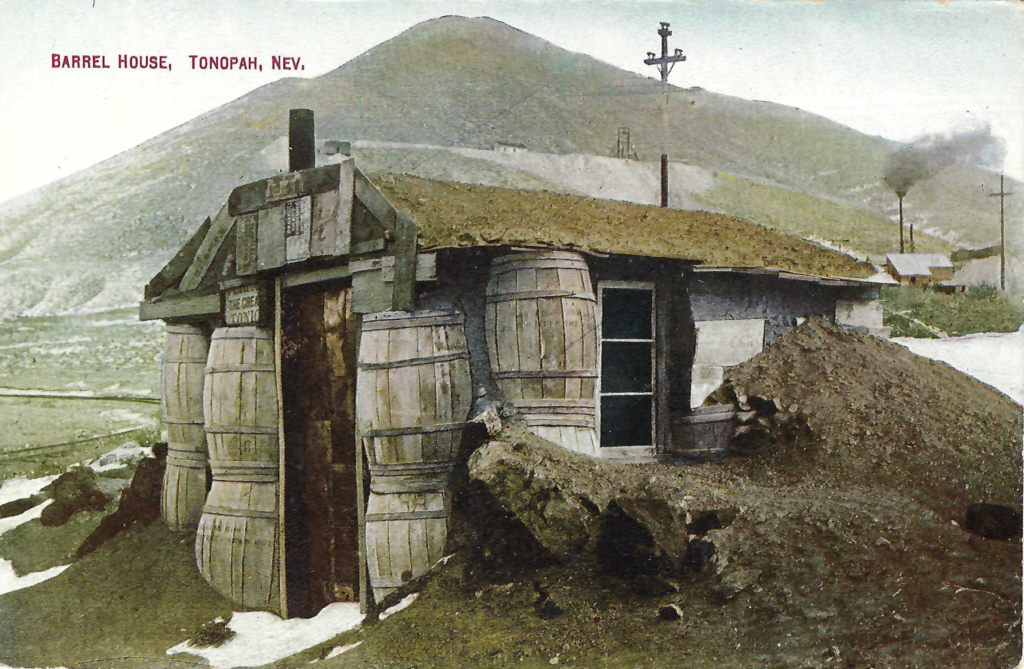
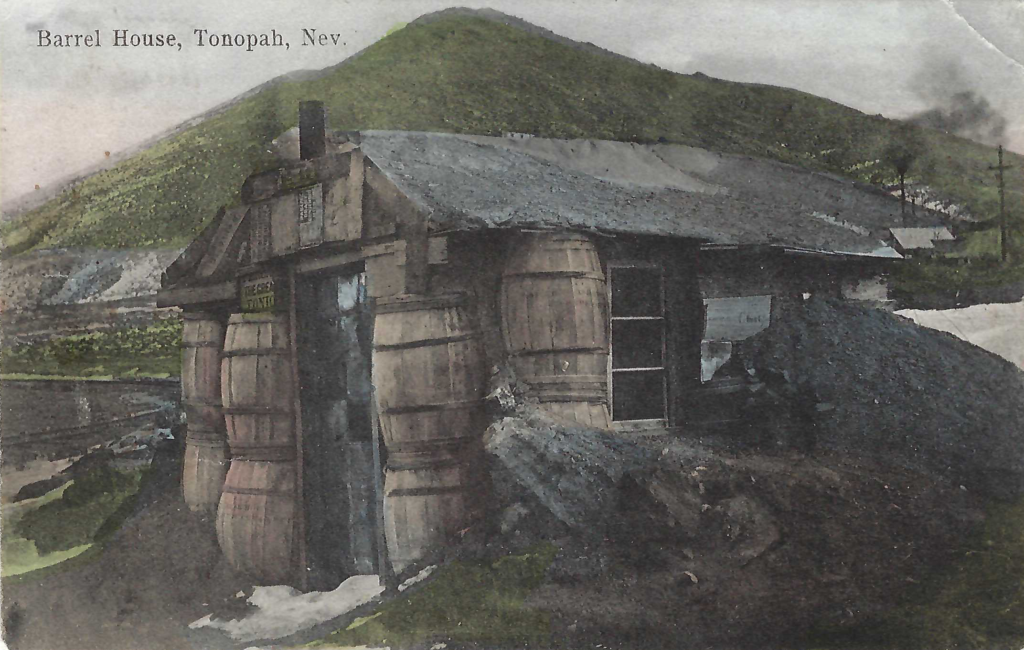
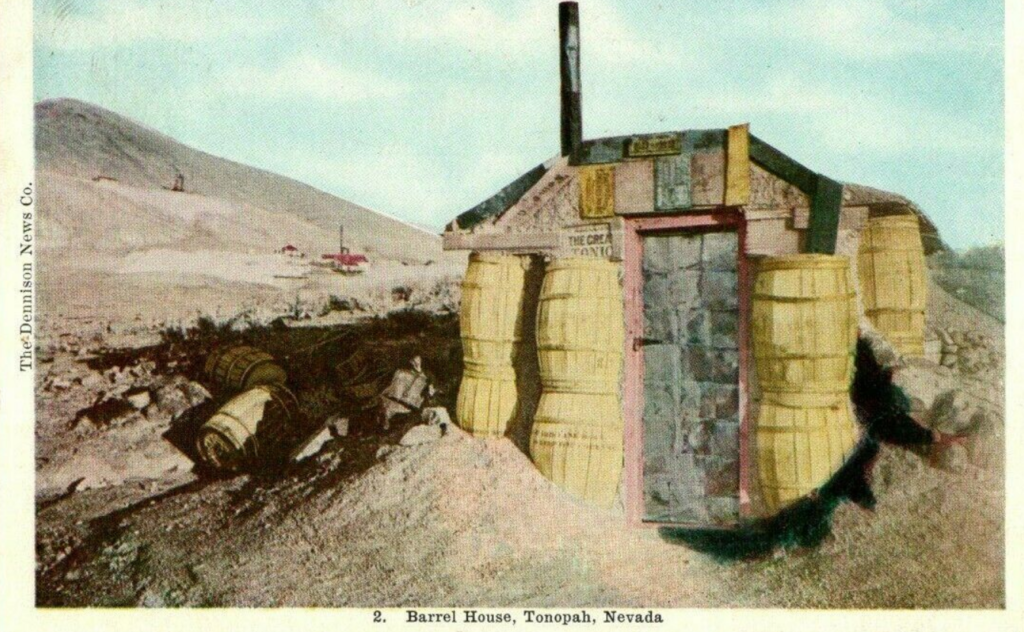
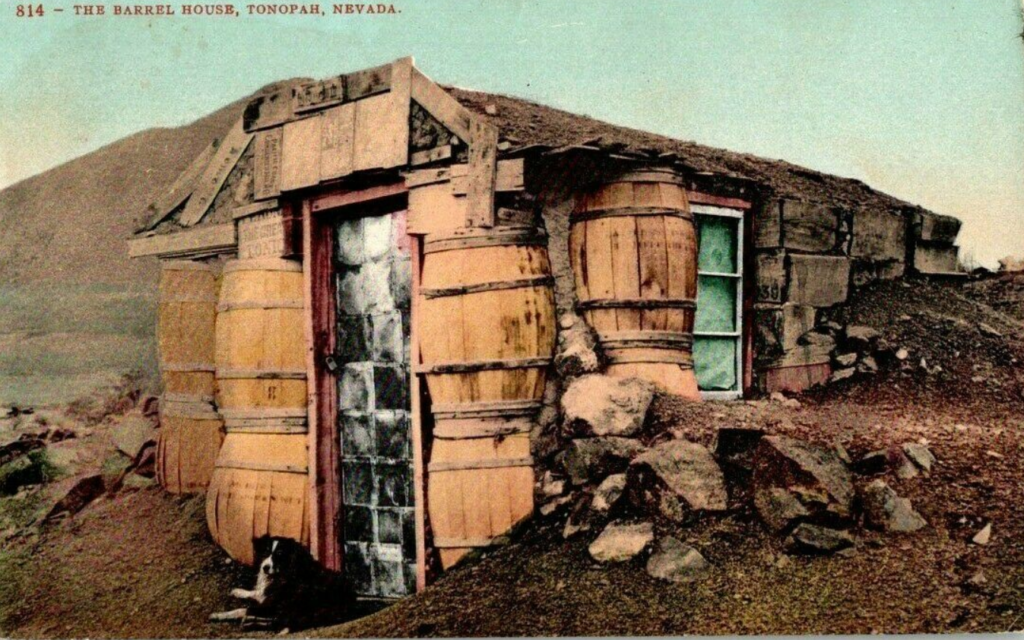
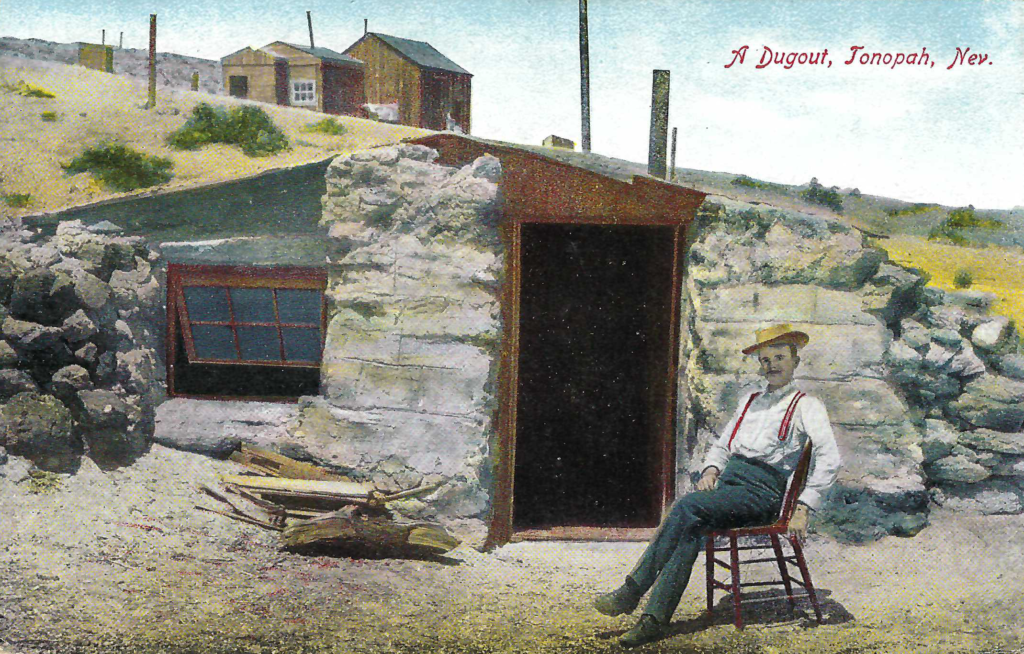
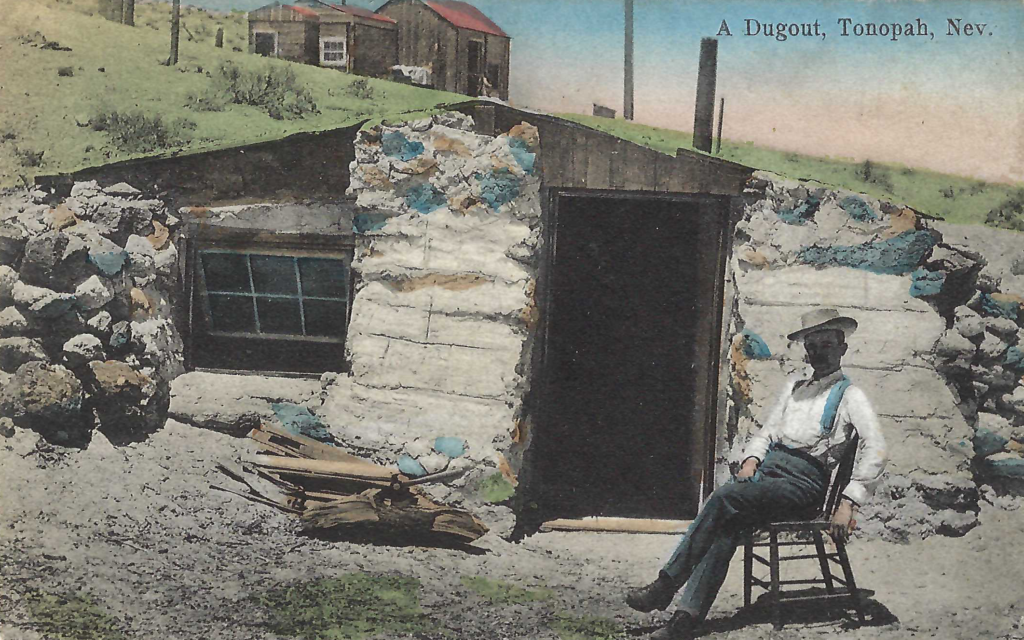
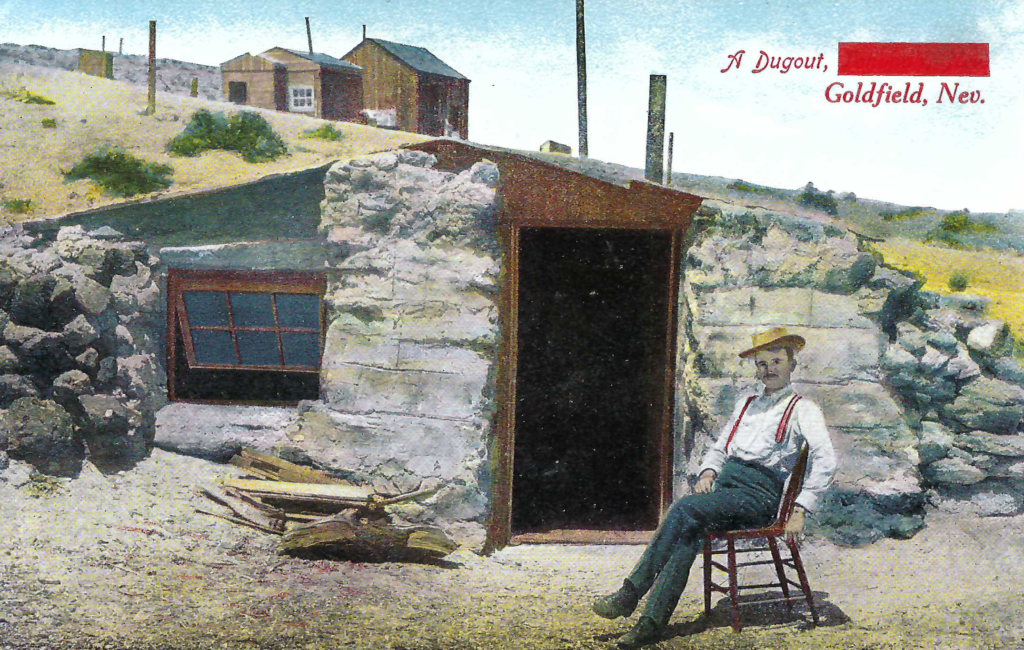
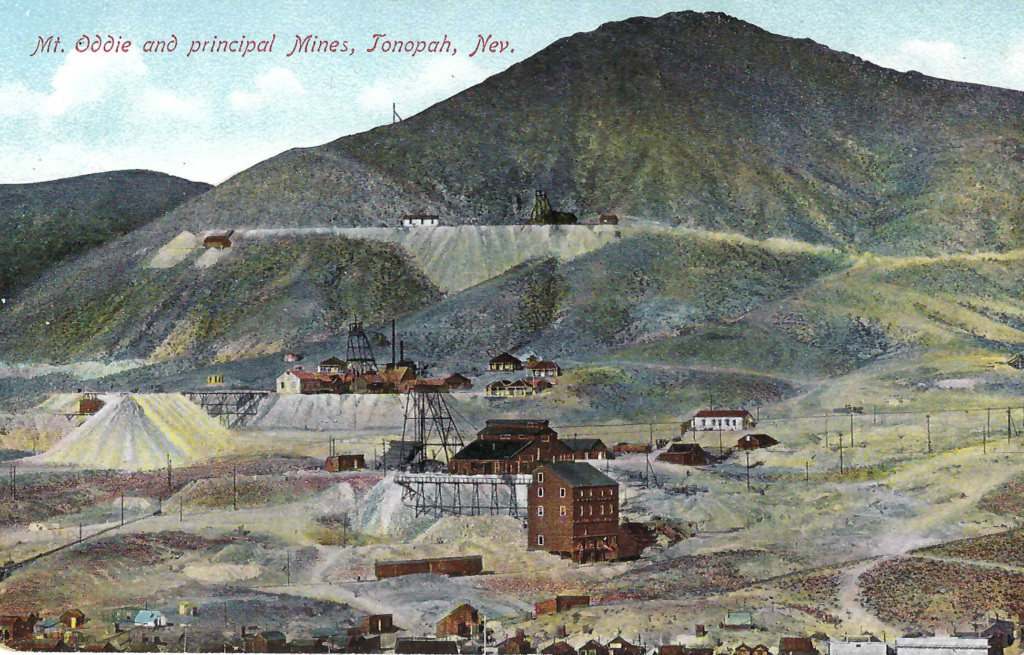
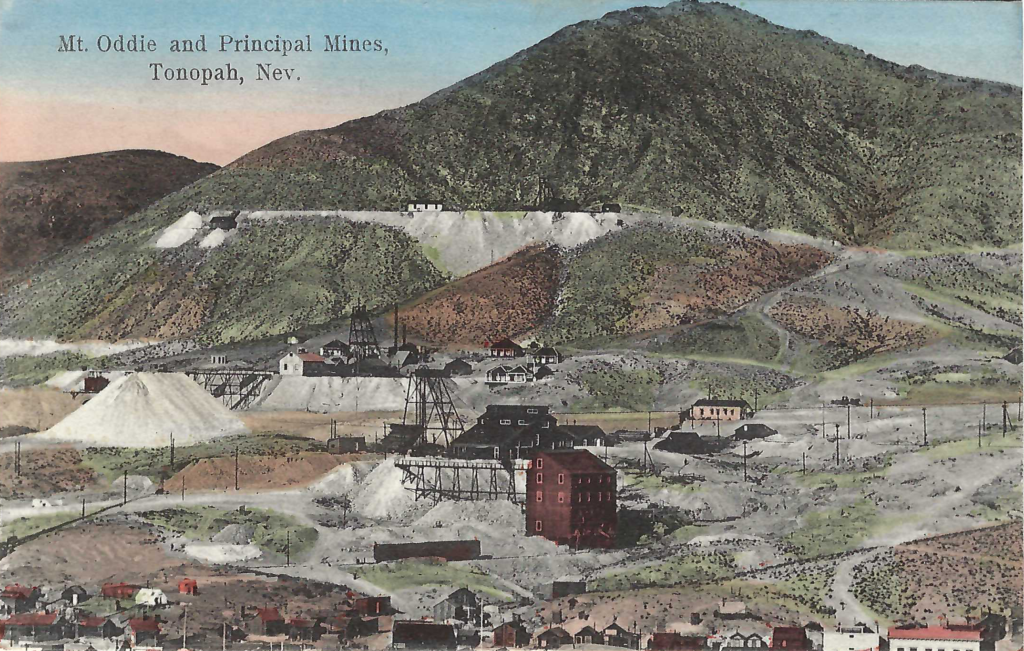
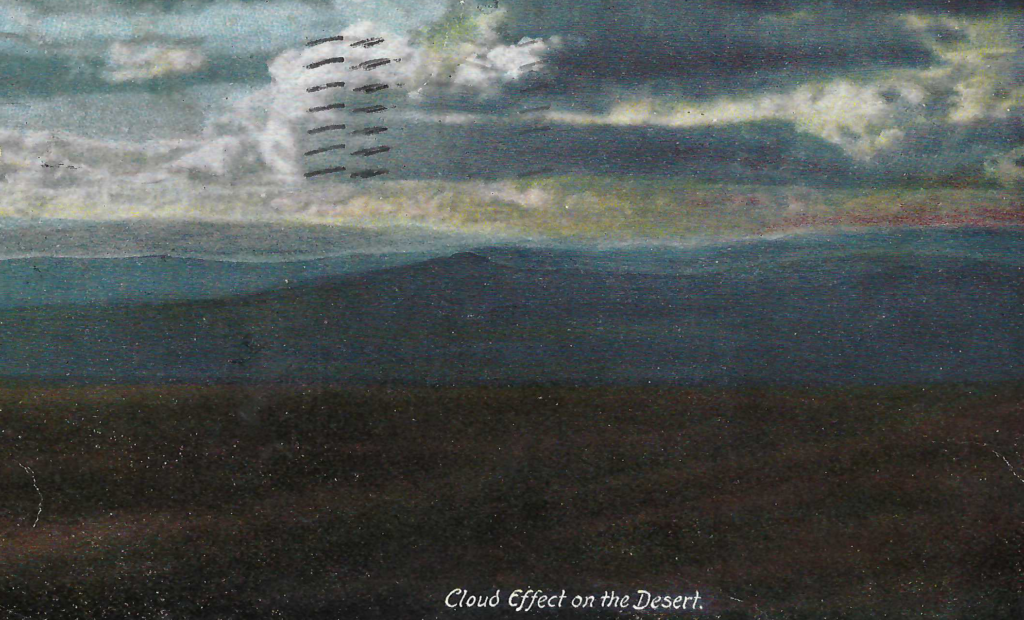
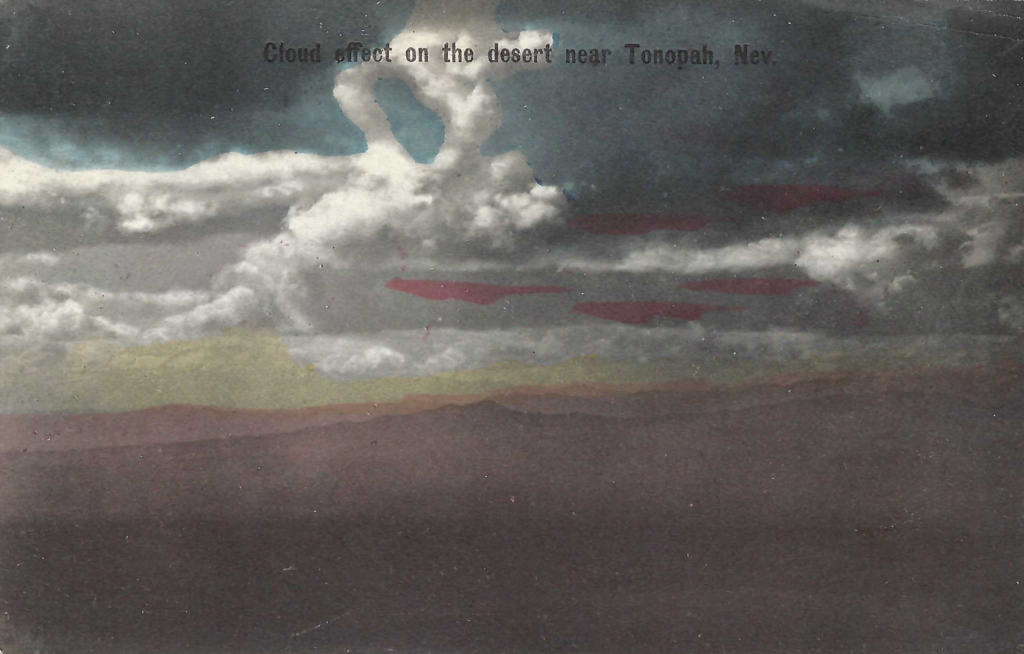
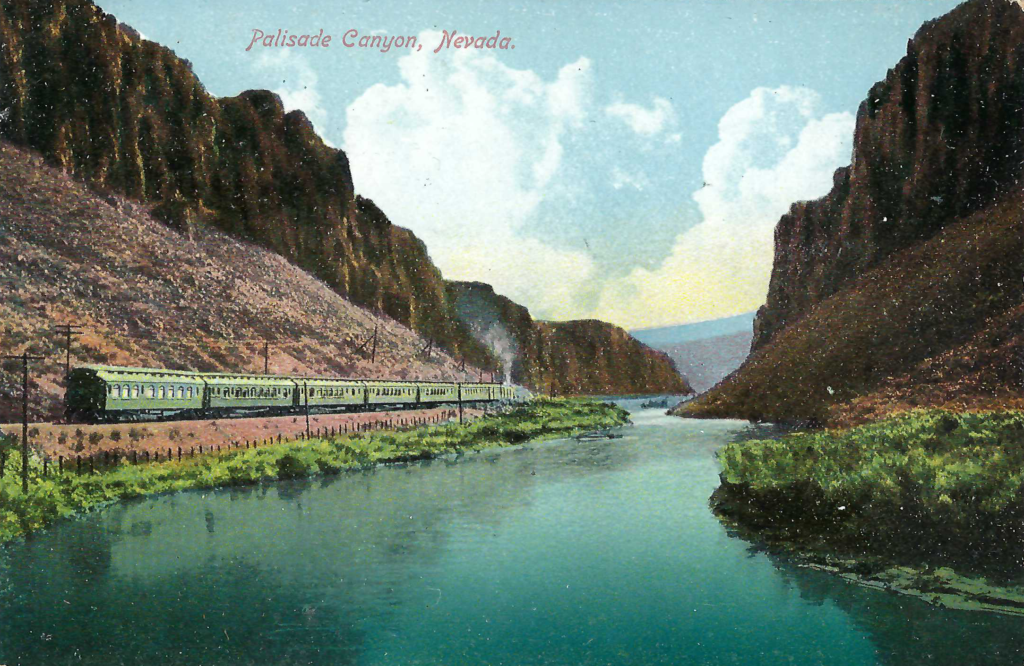
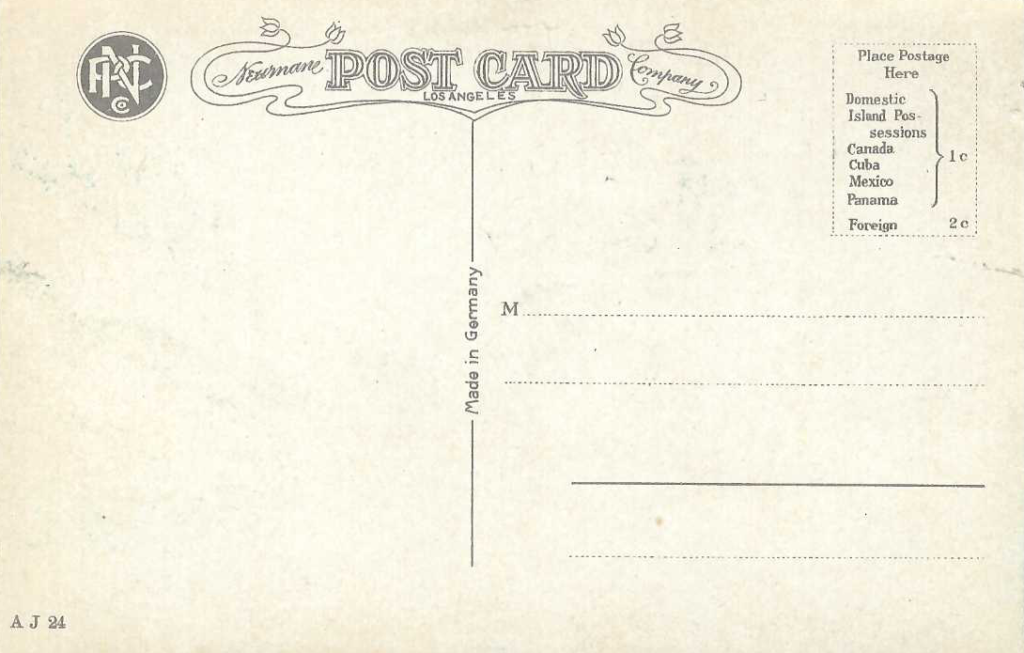
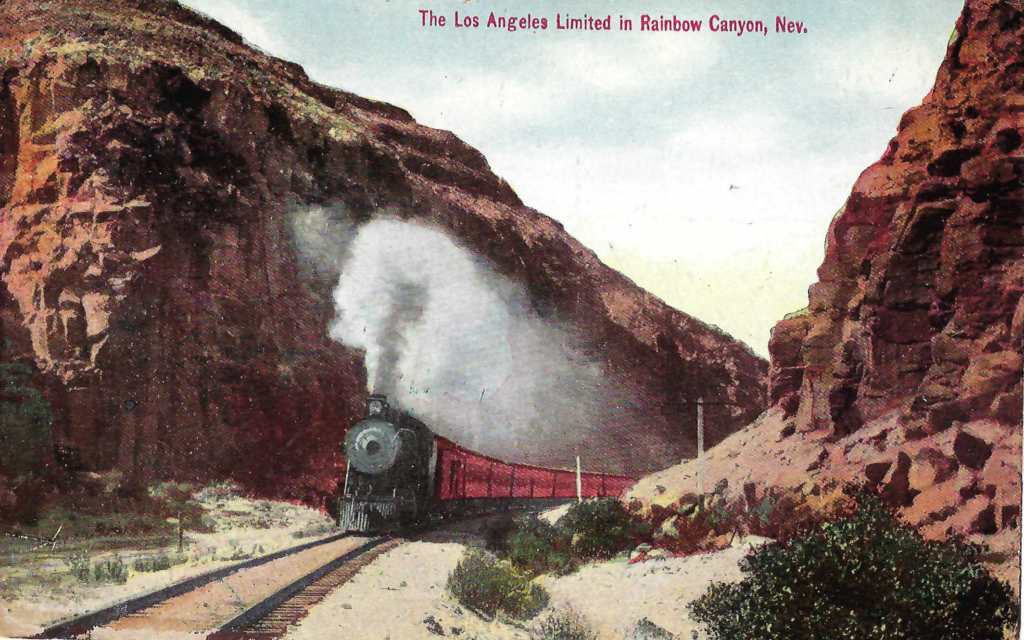
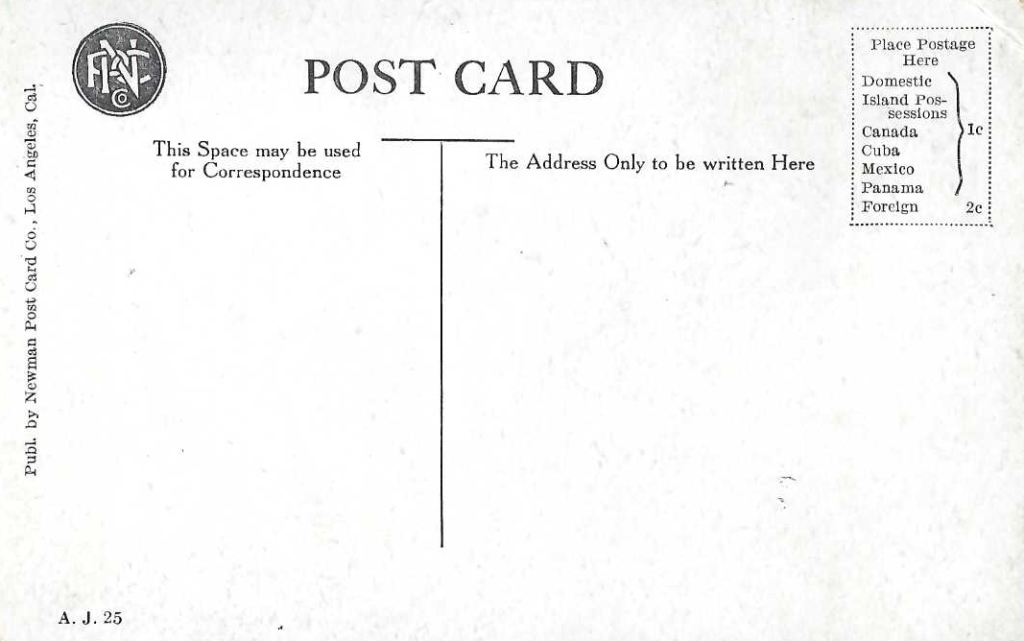

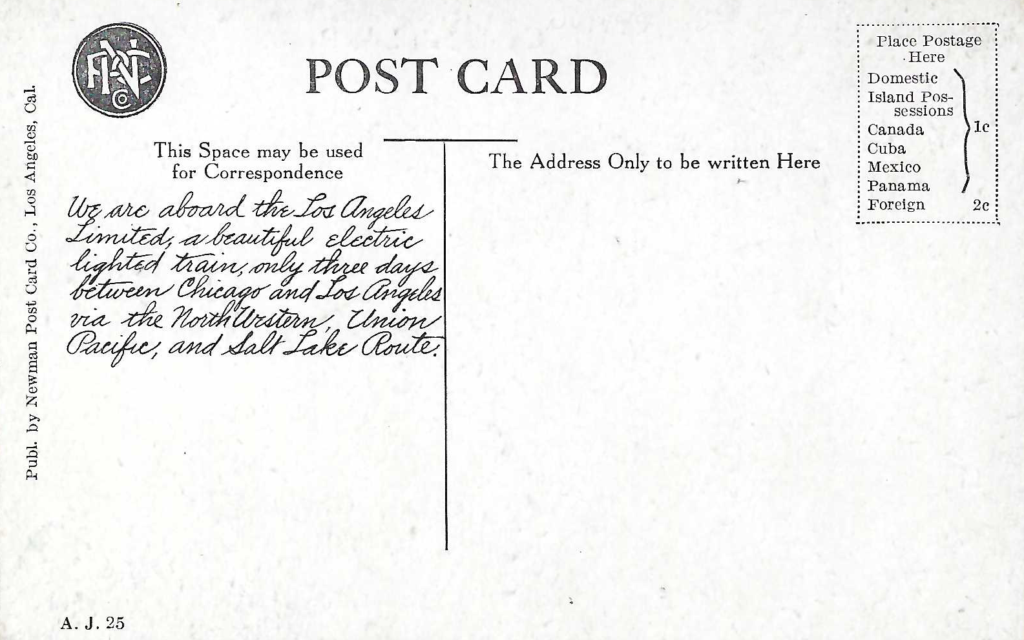

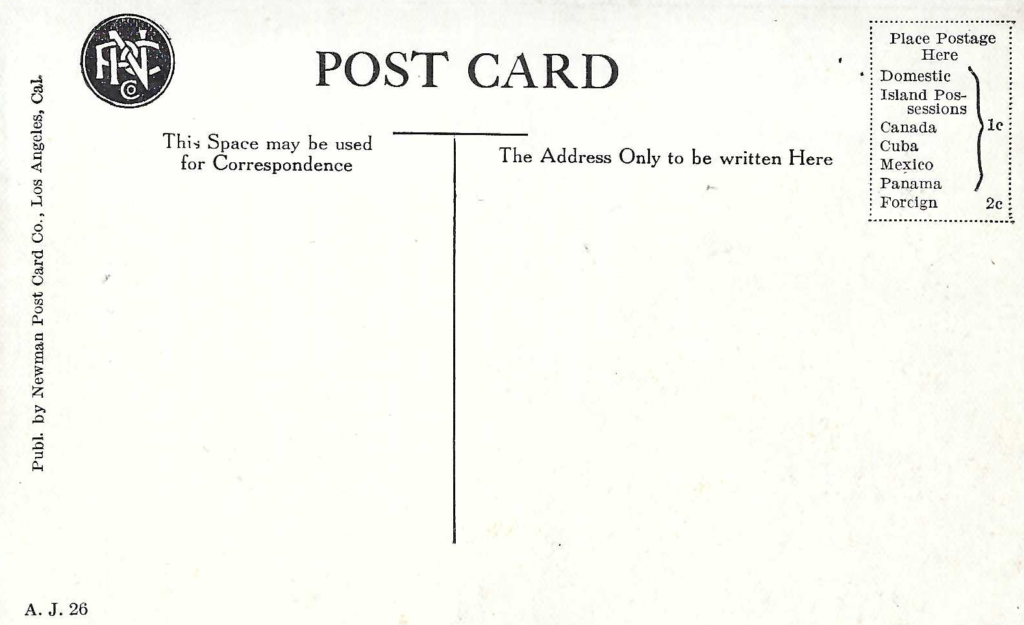
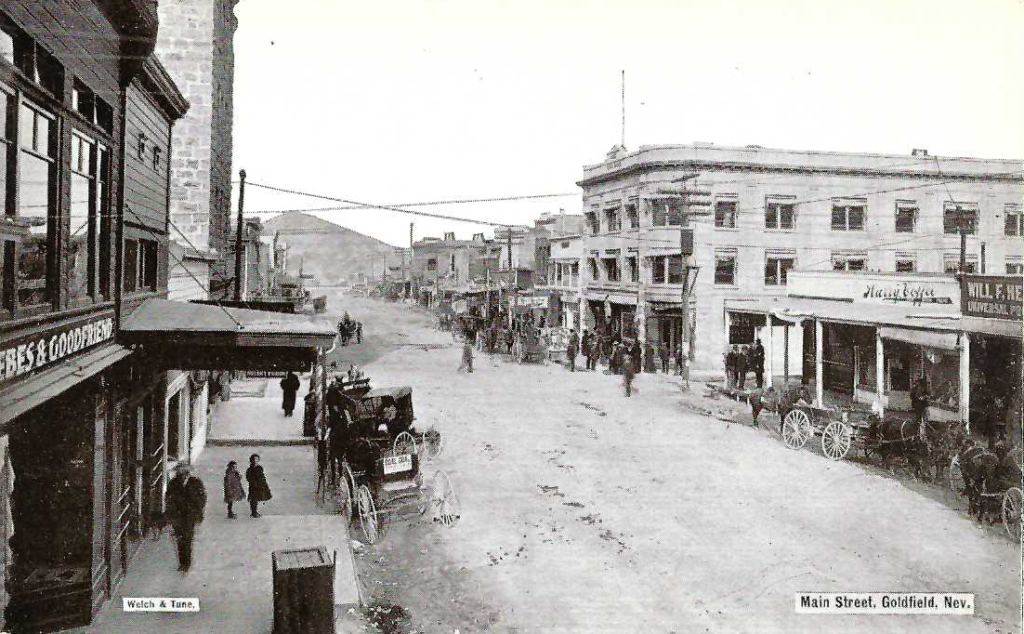
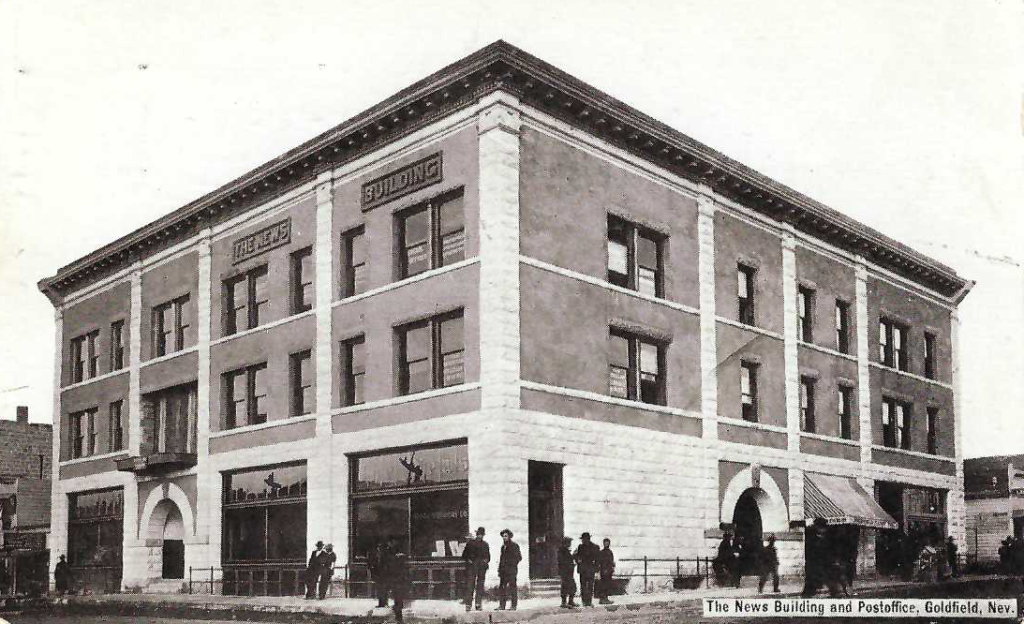

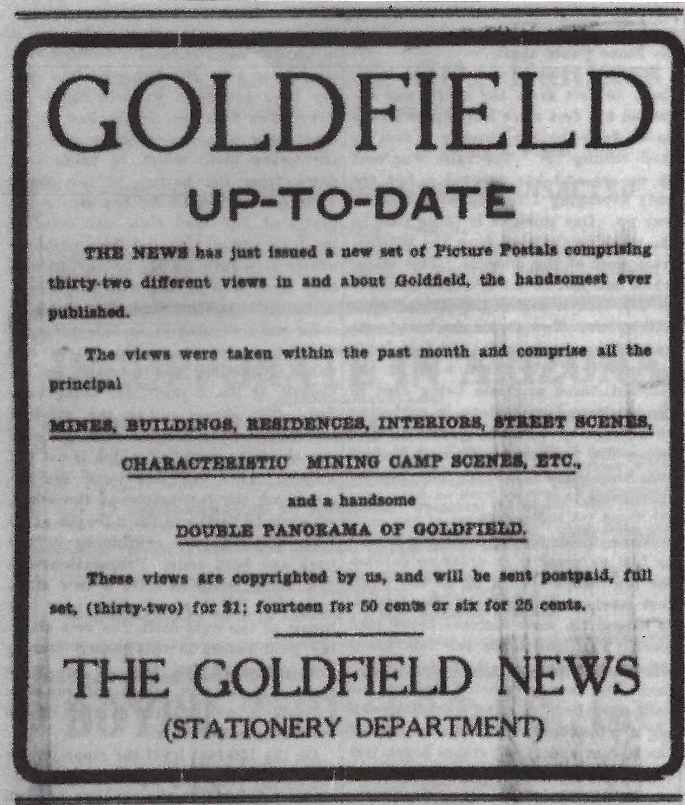
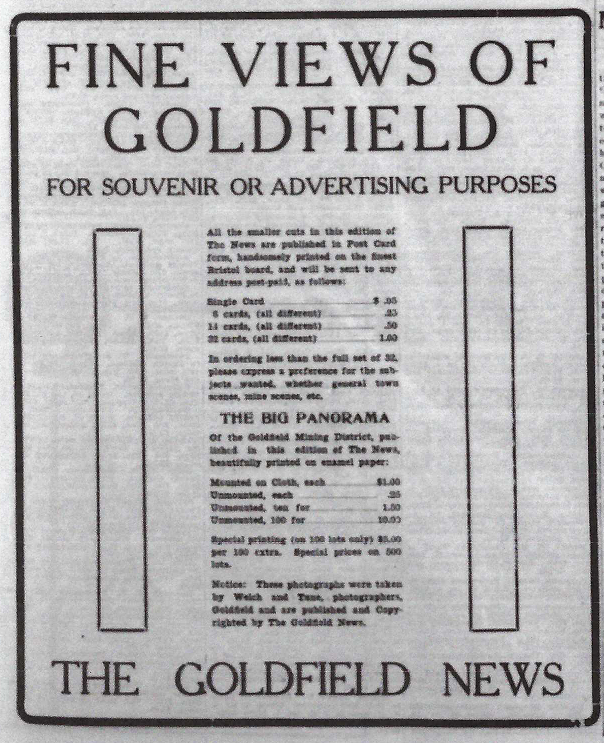
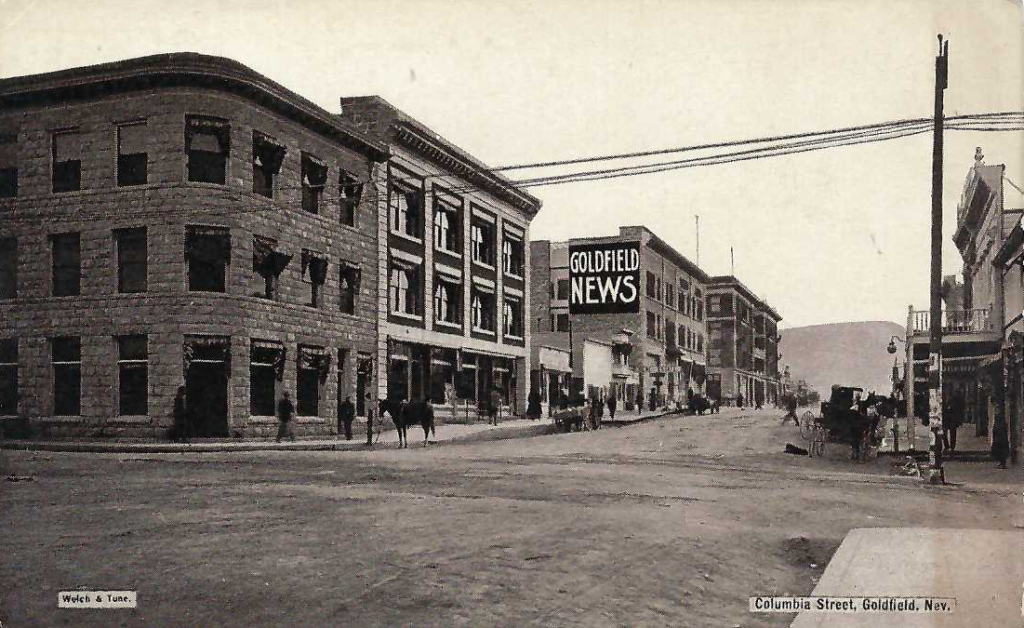
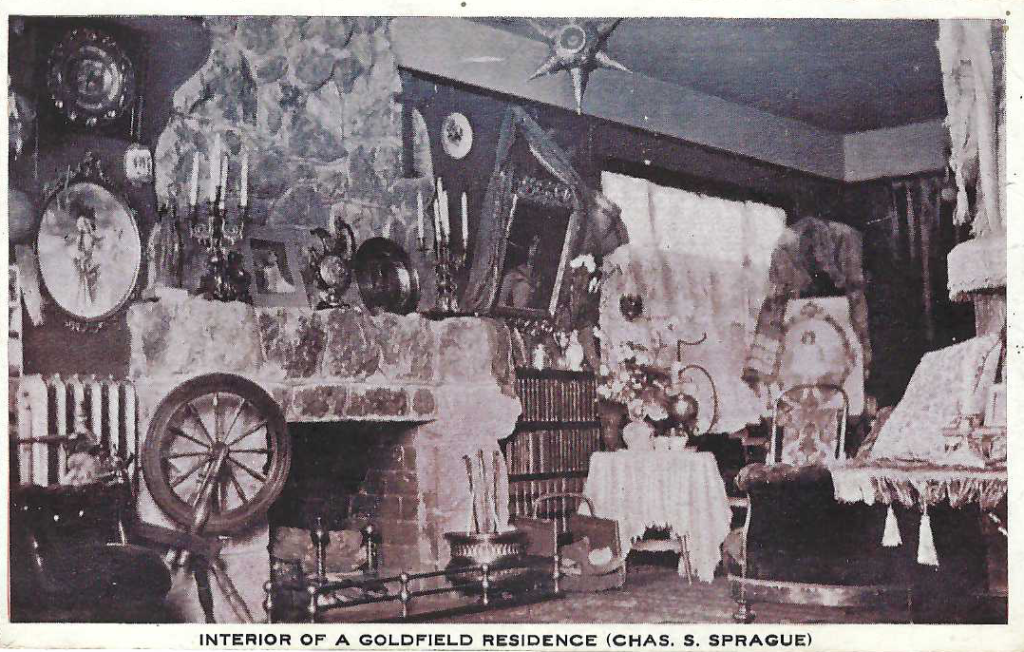
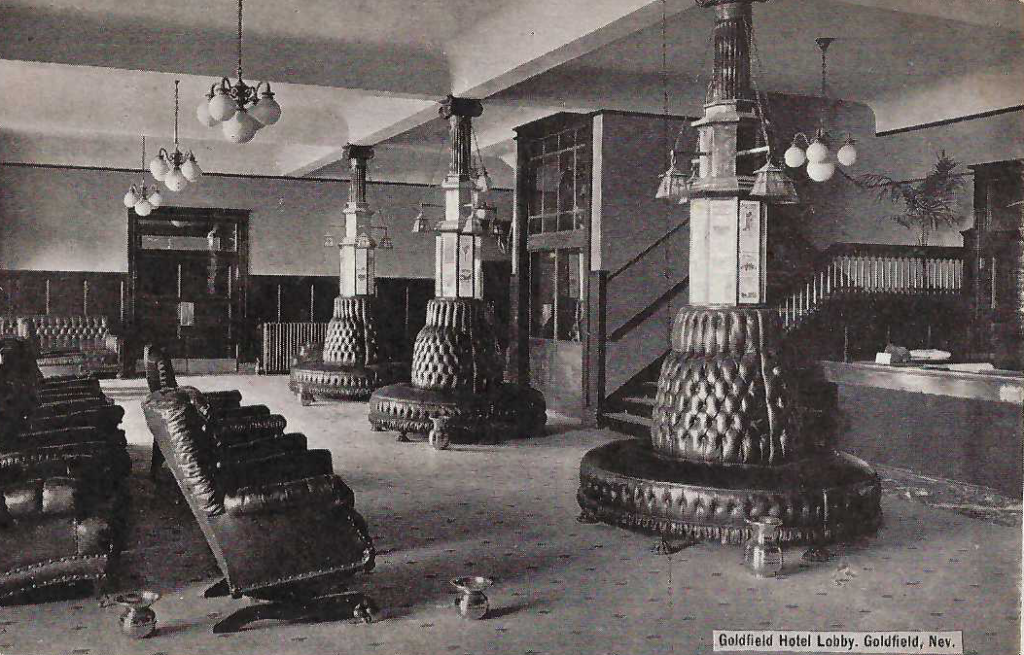
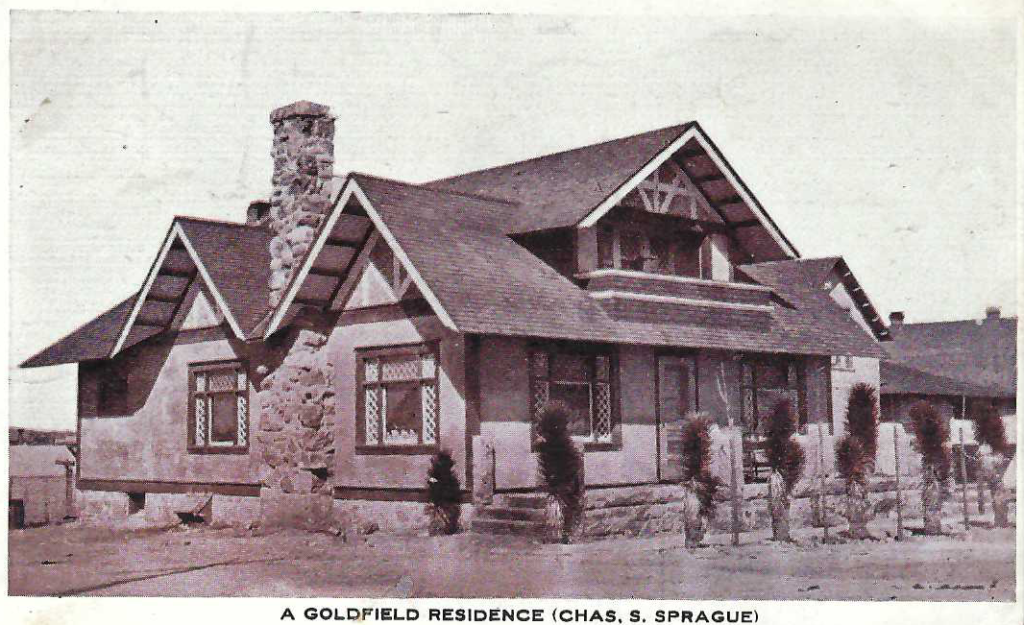
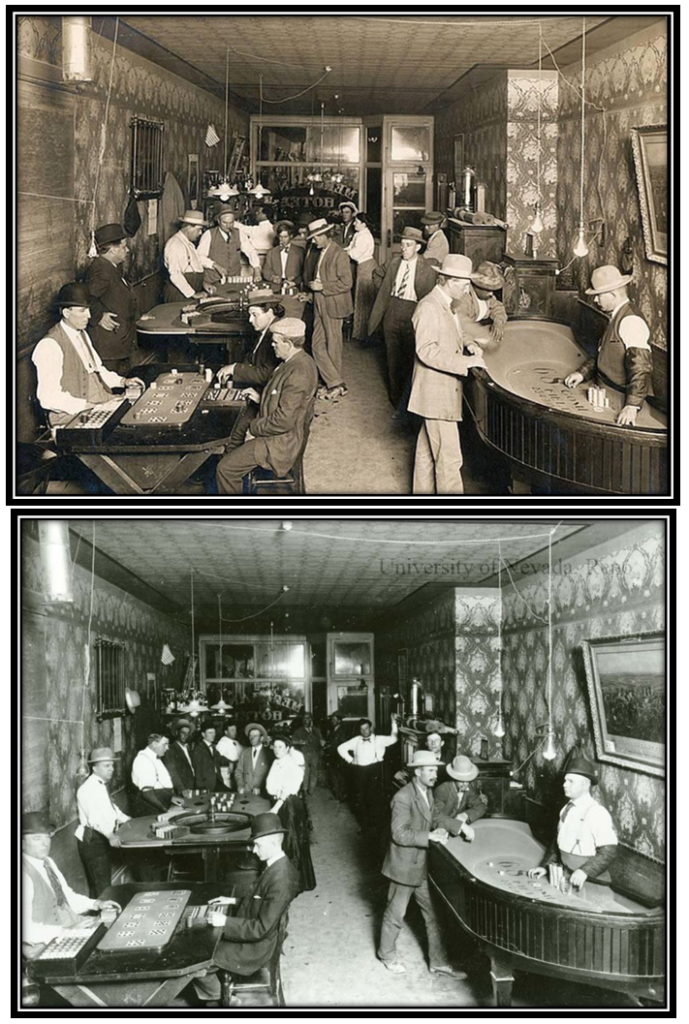
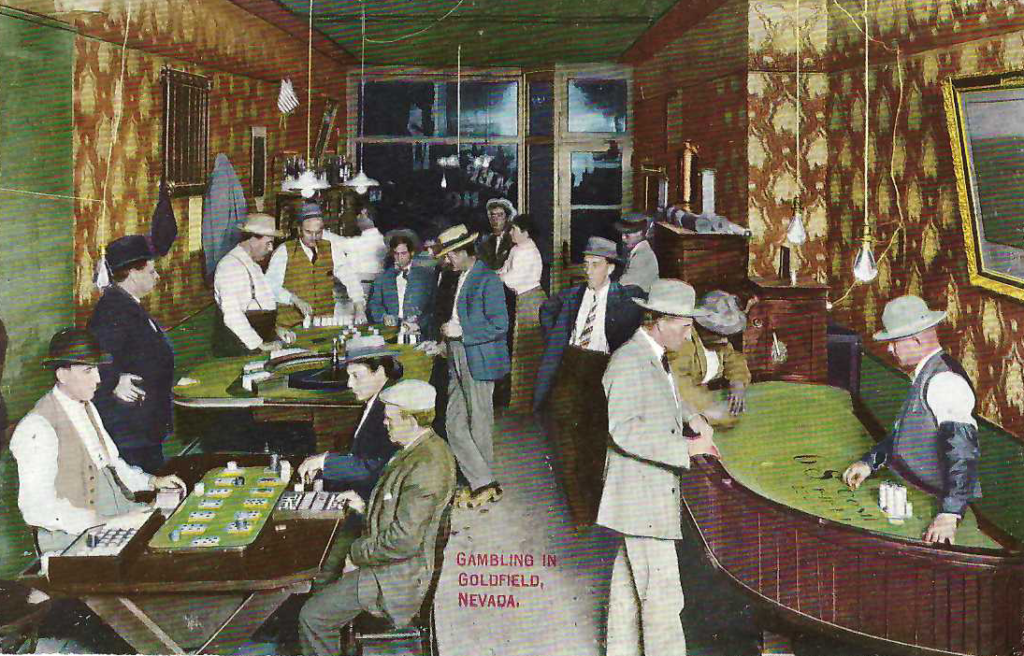
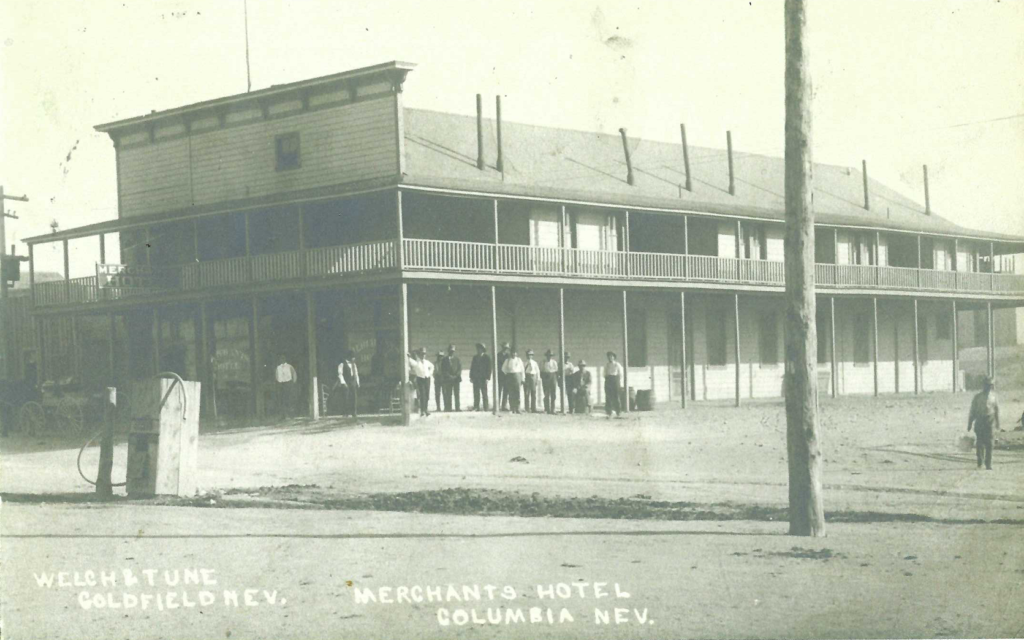
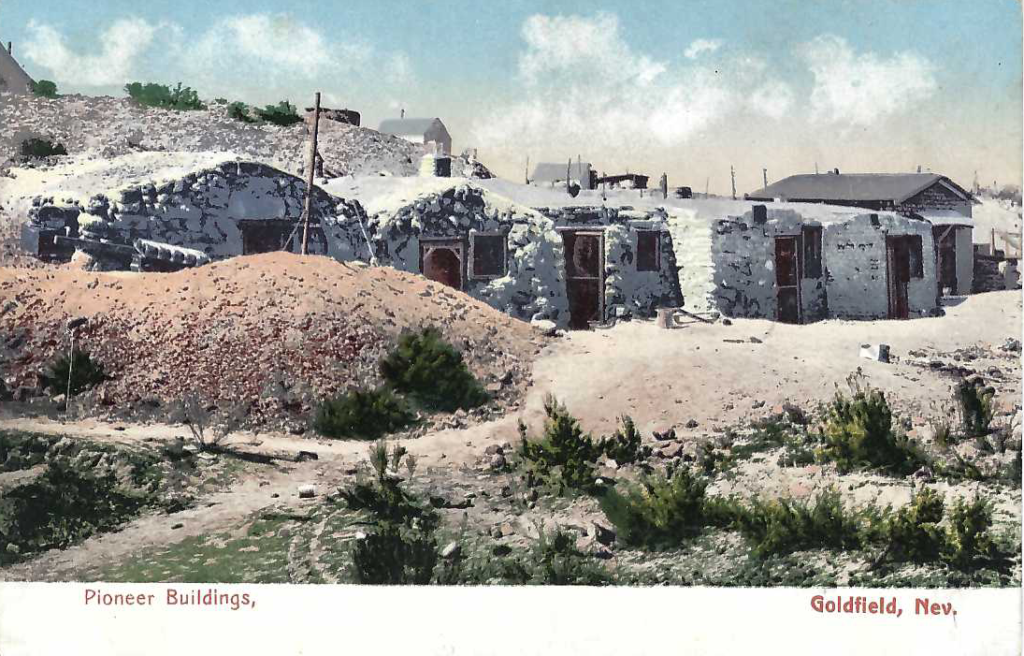
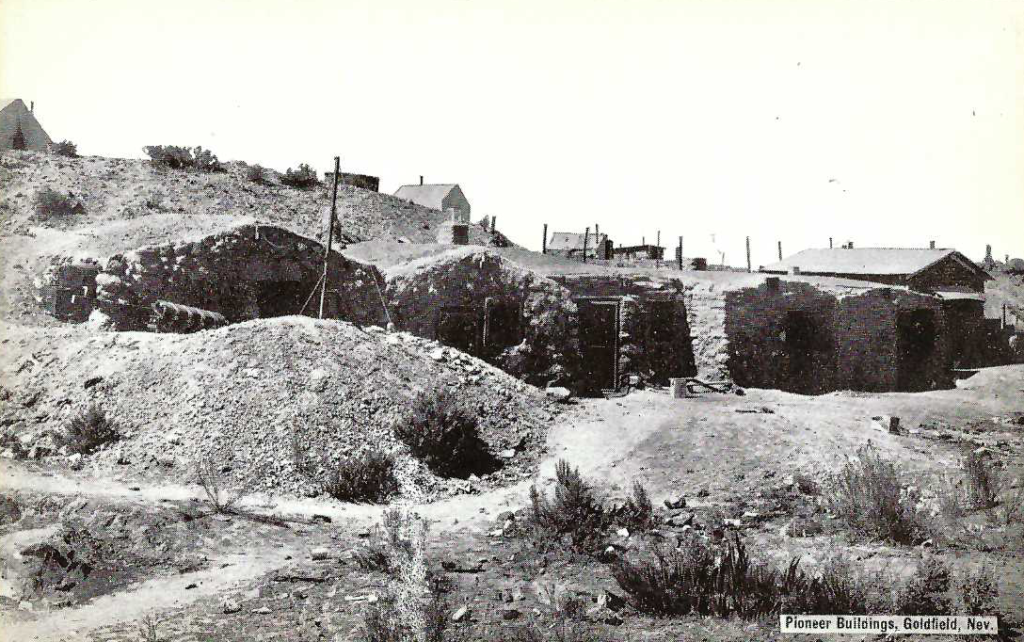
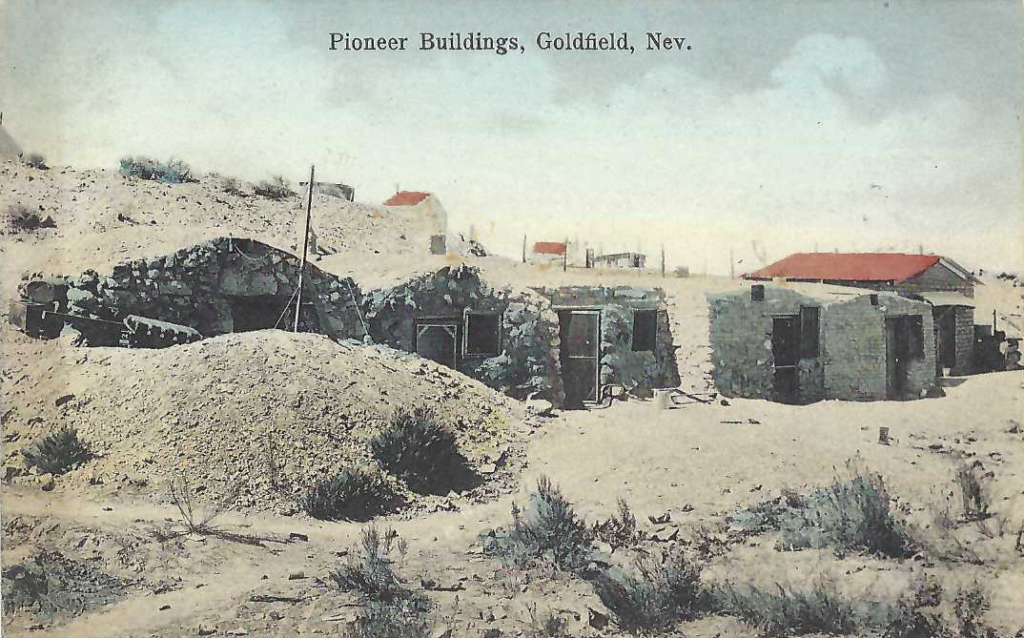
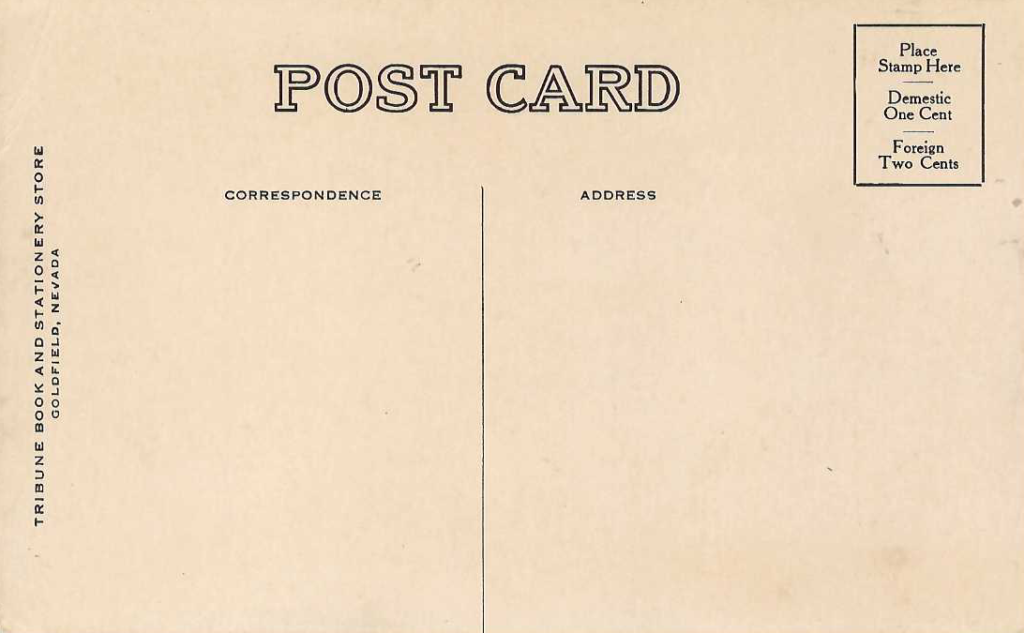
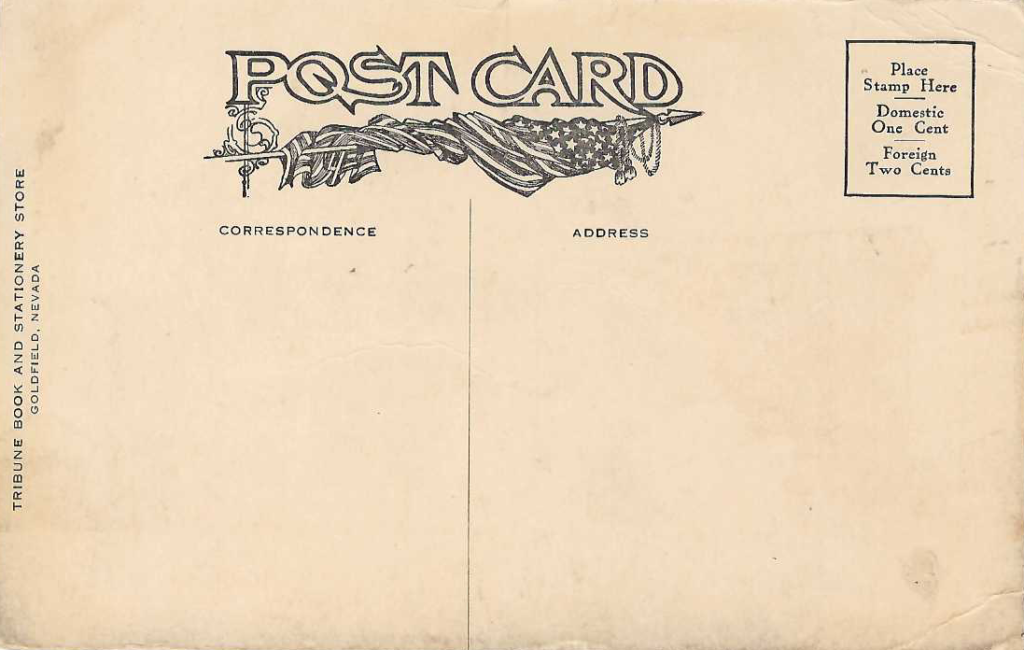
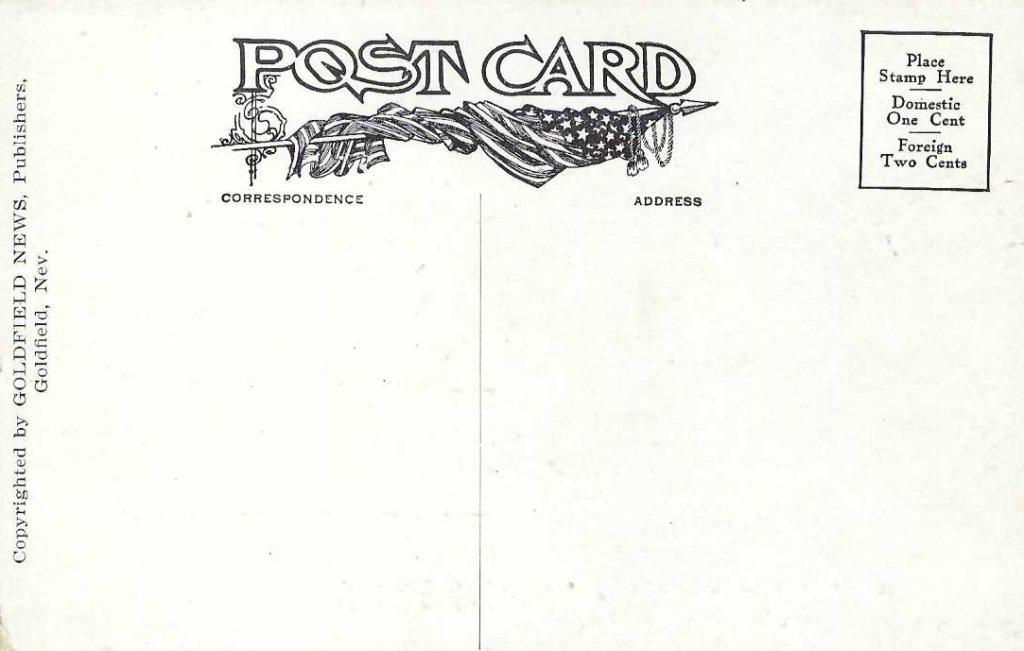

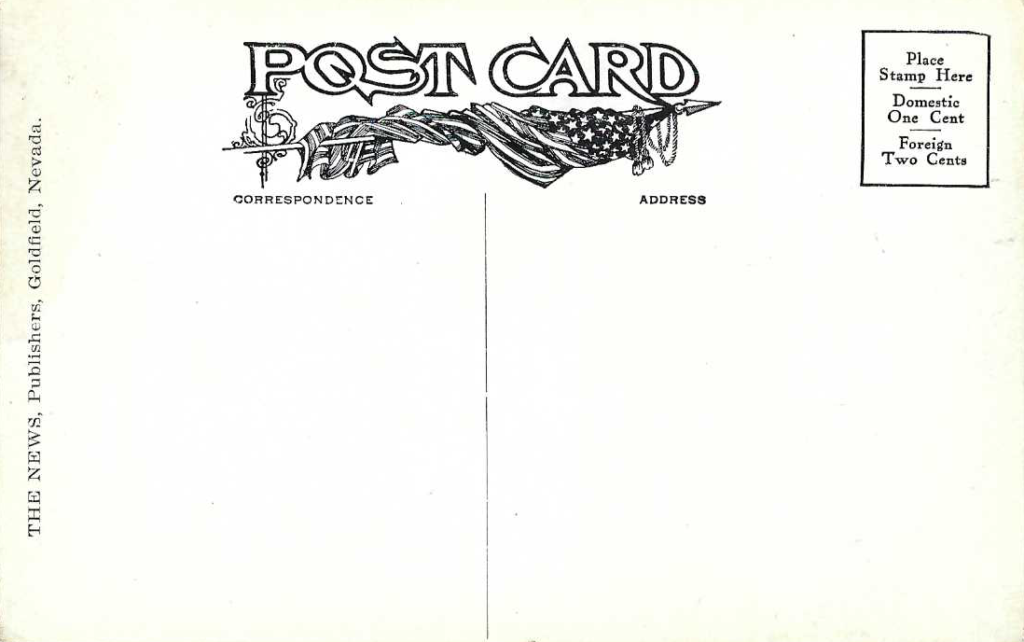
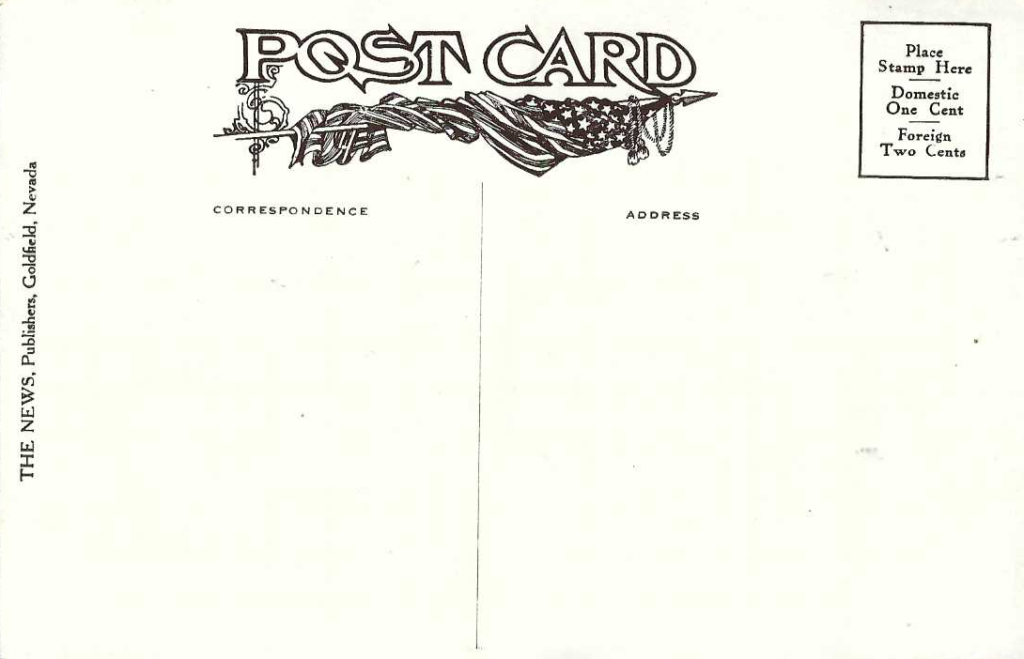
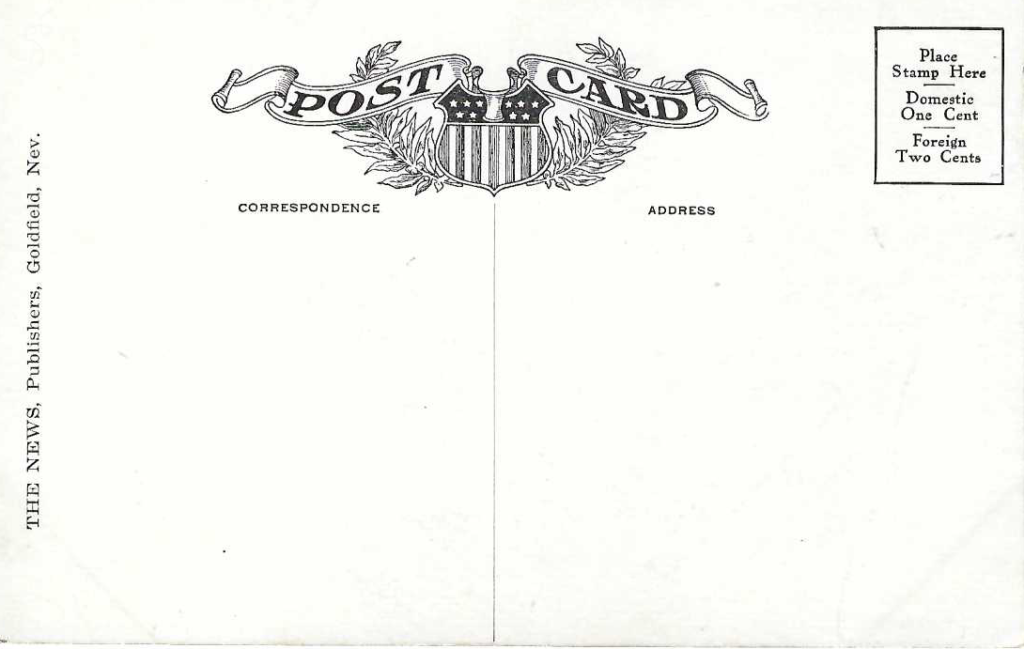
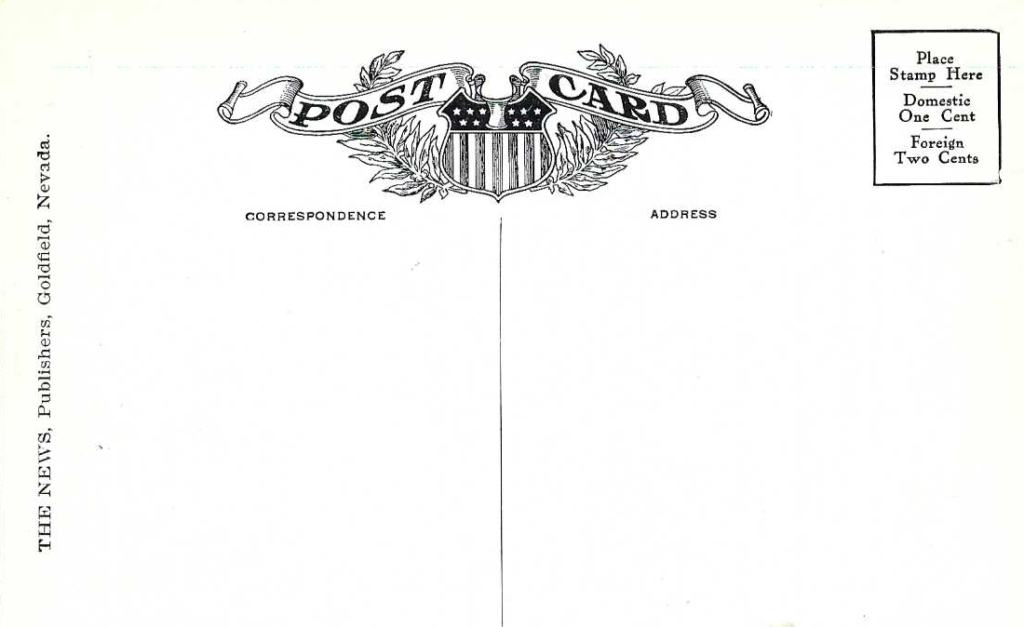
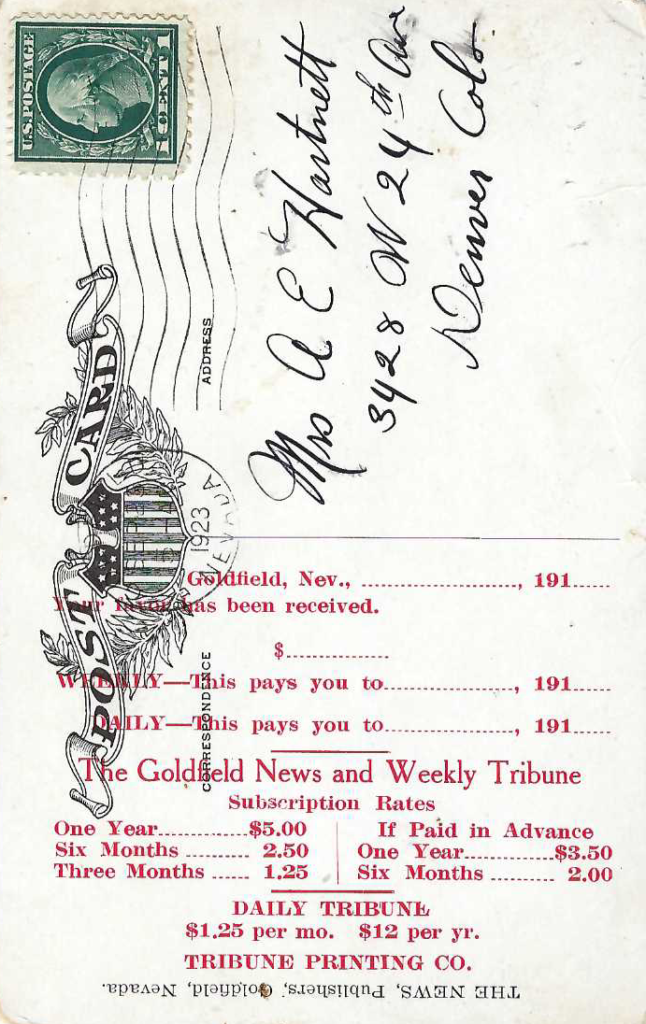 The postmark is 1923, but the receipt information is 191… (?)
The postmark is 1923, but the receipt information is 191… (?)